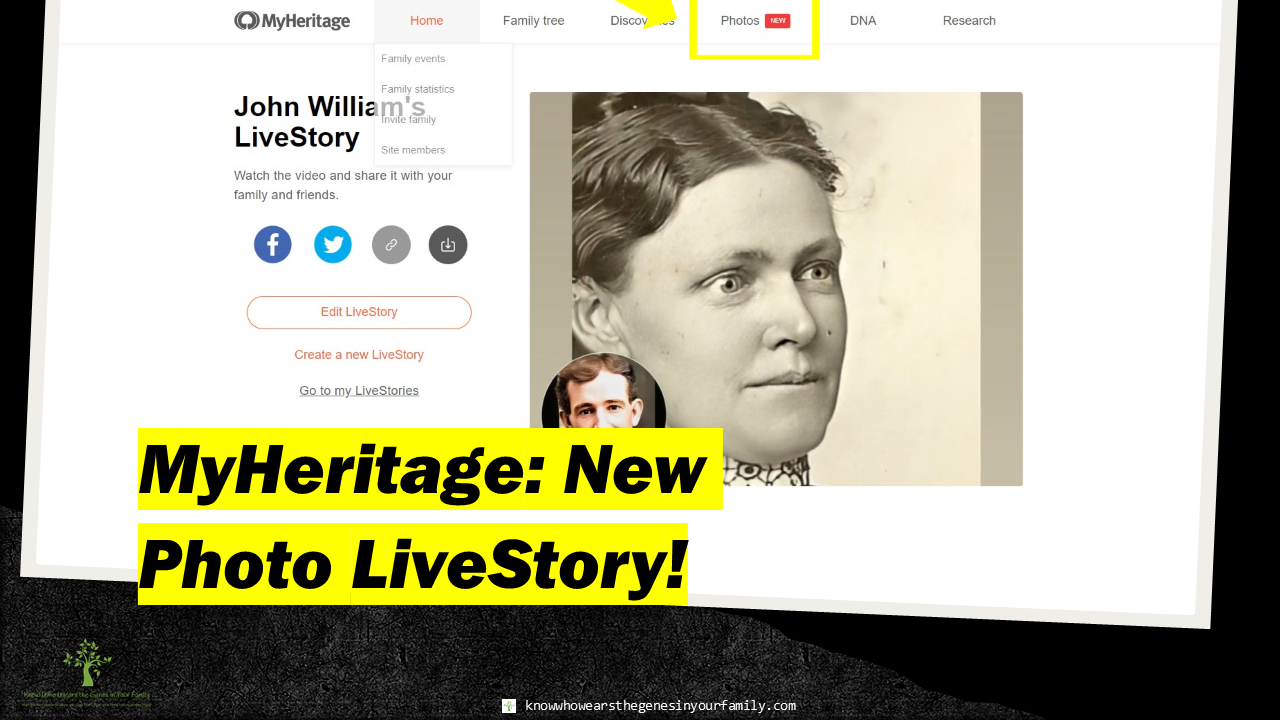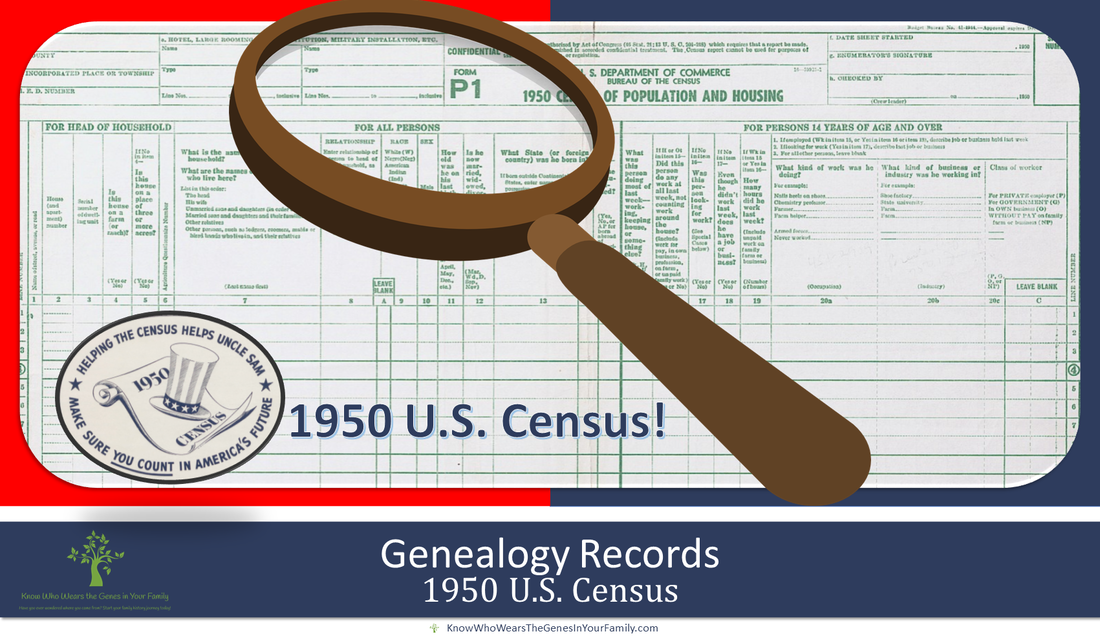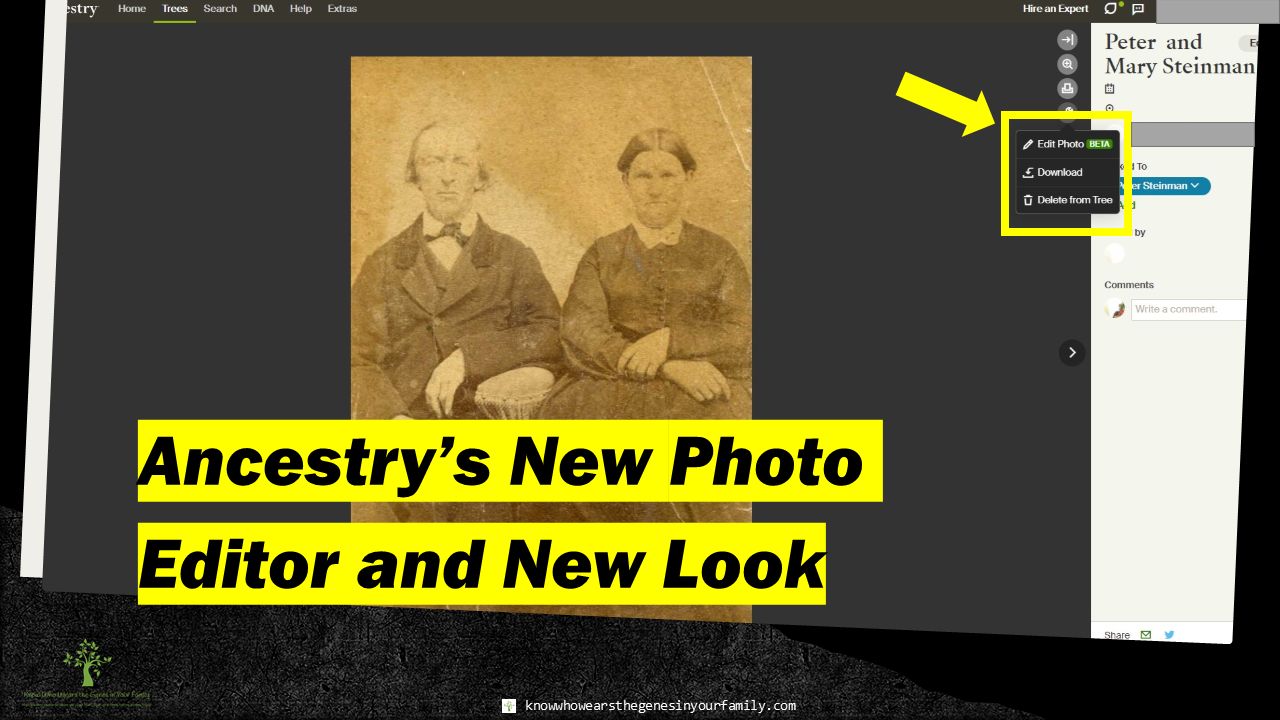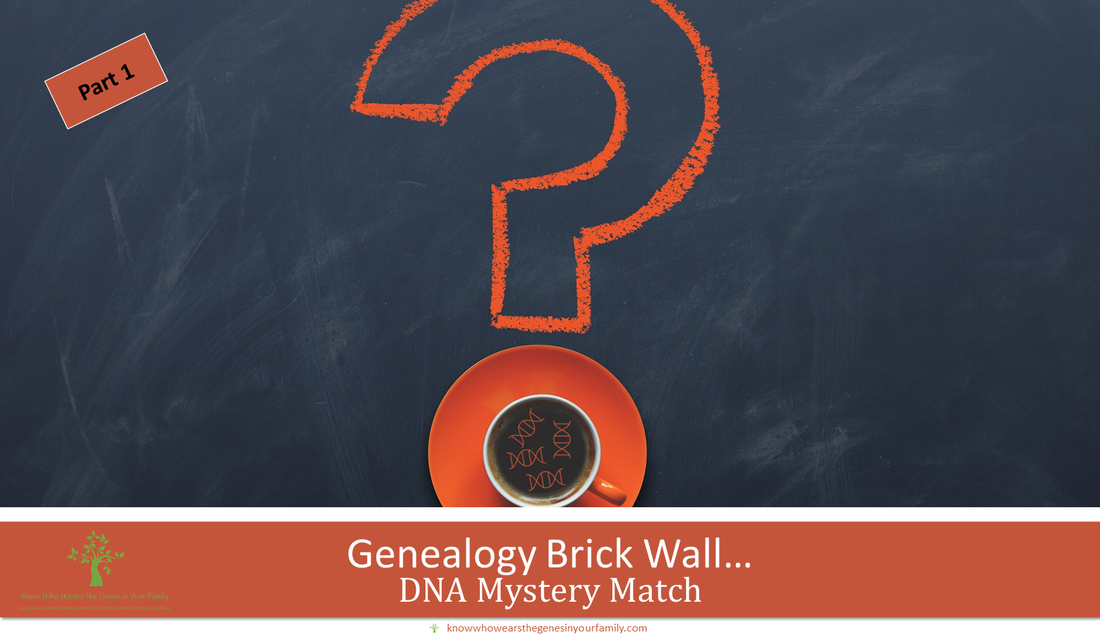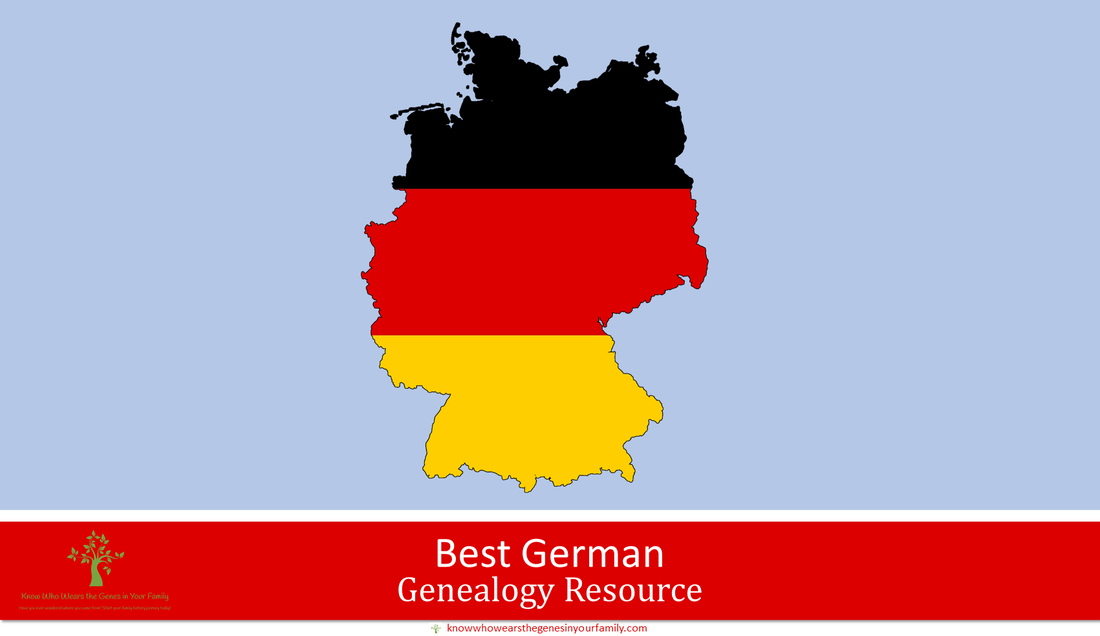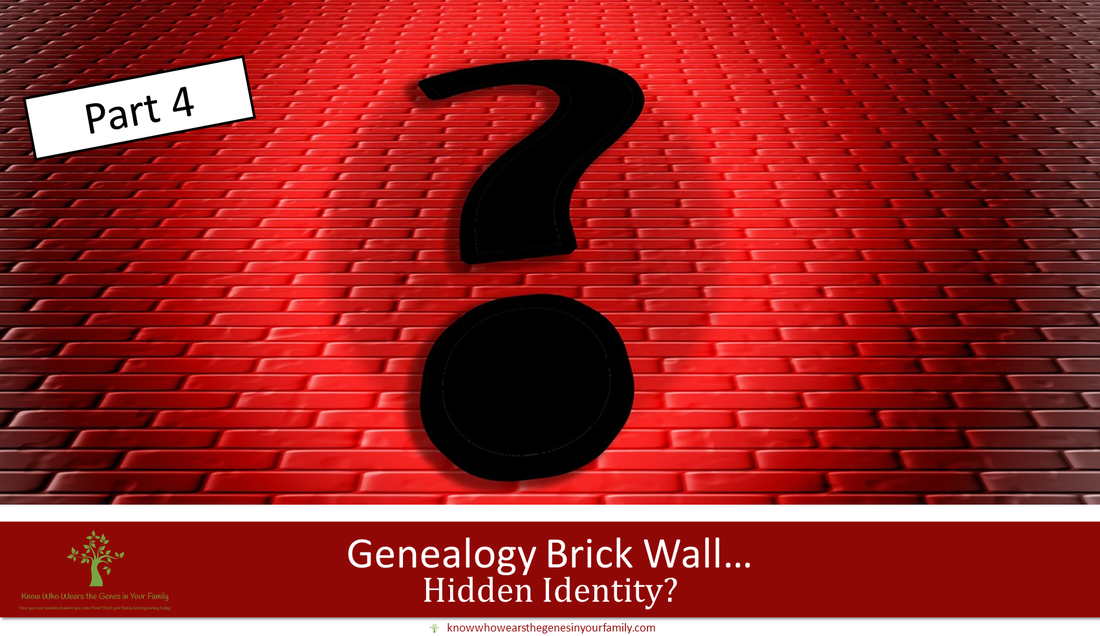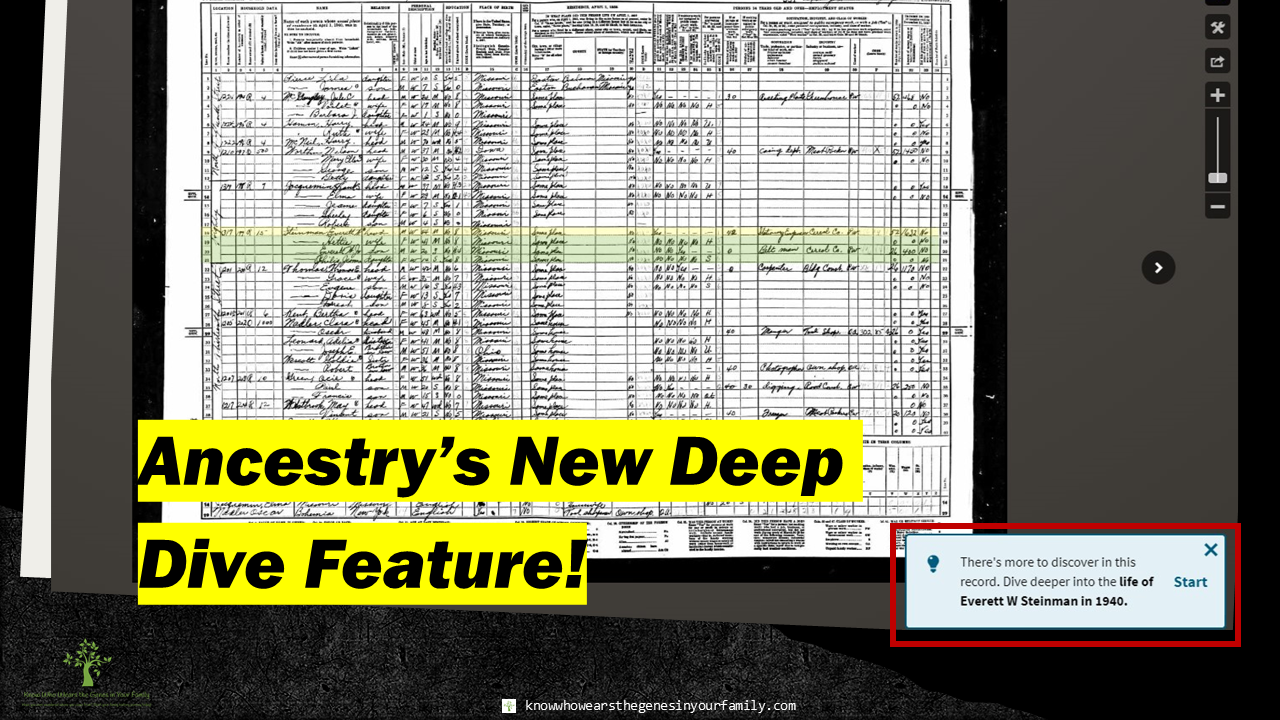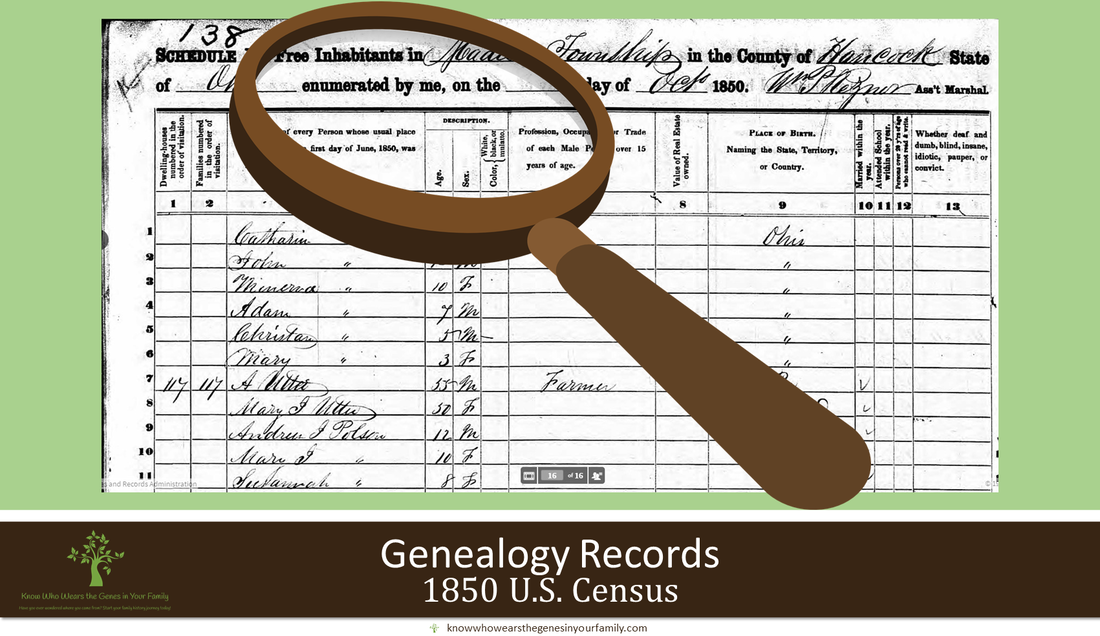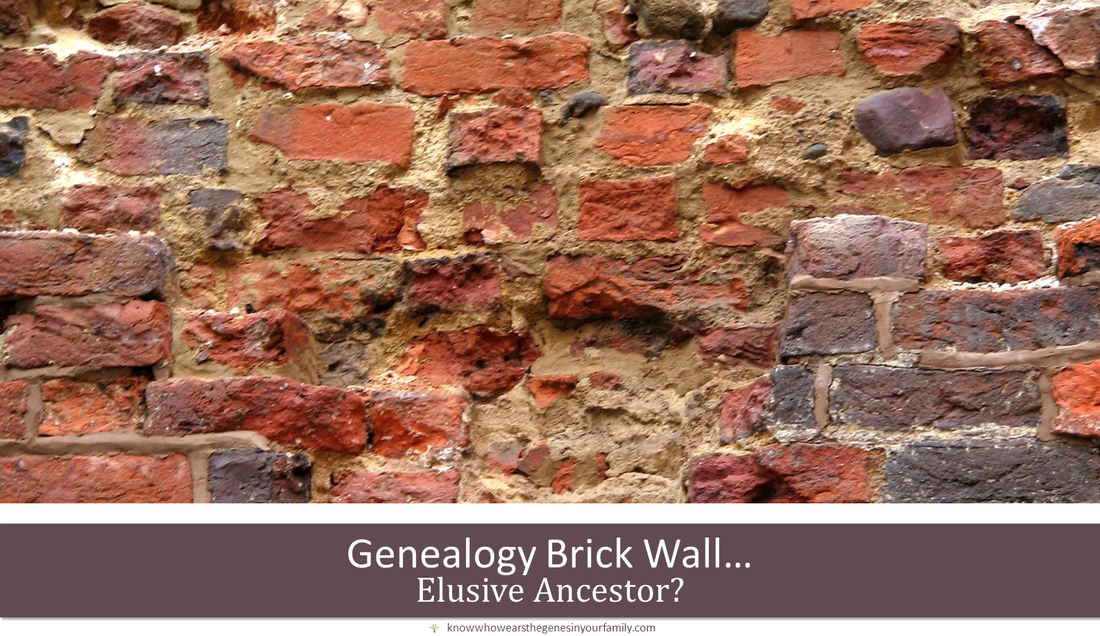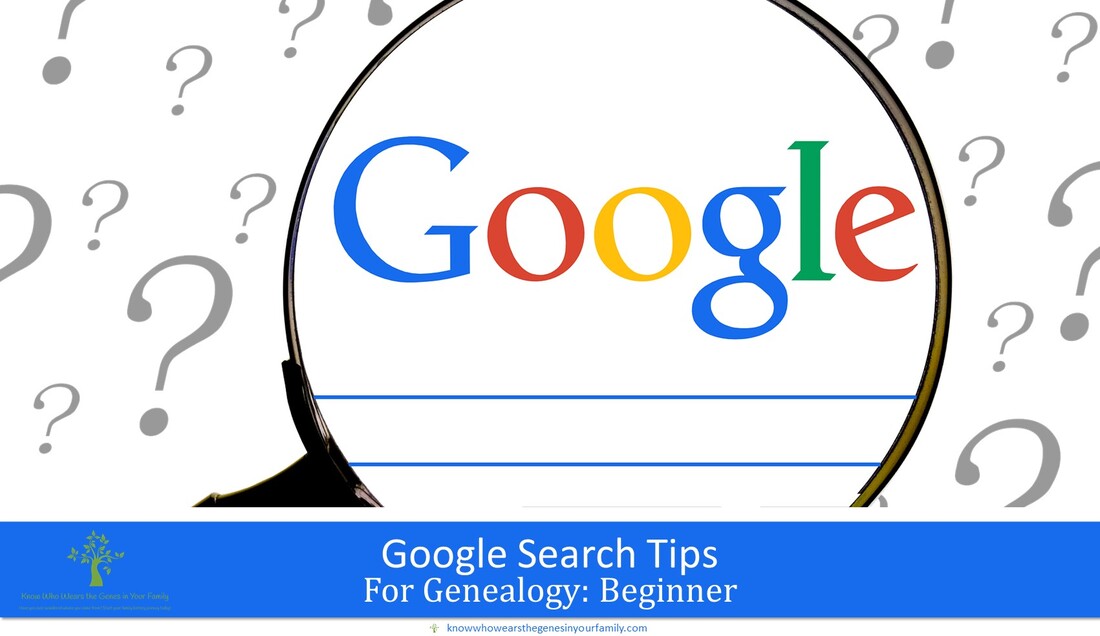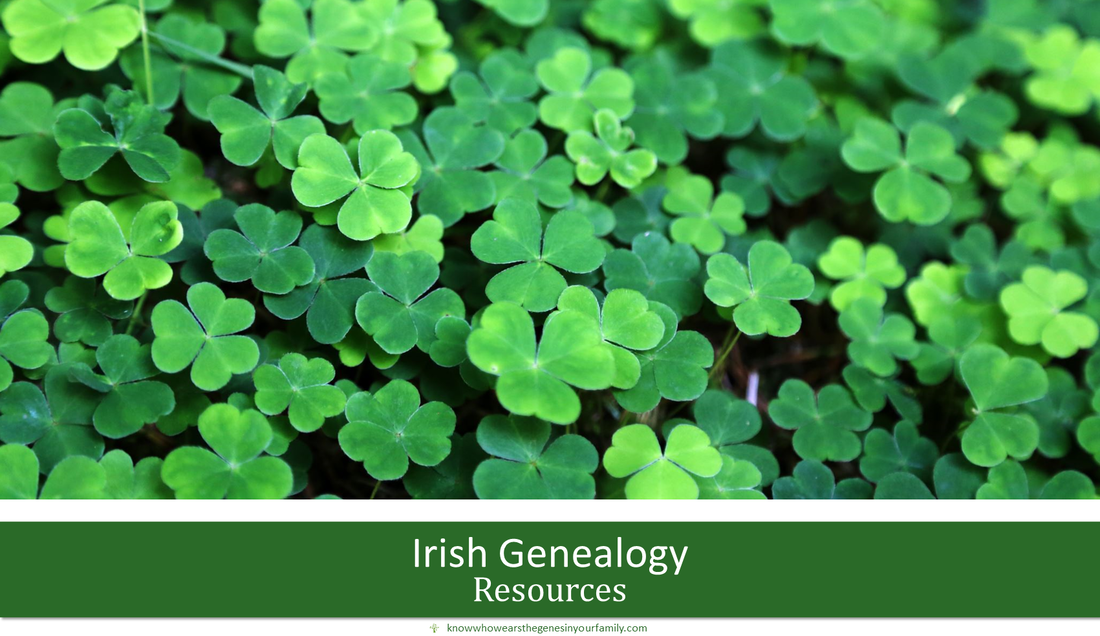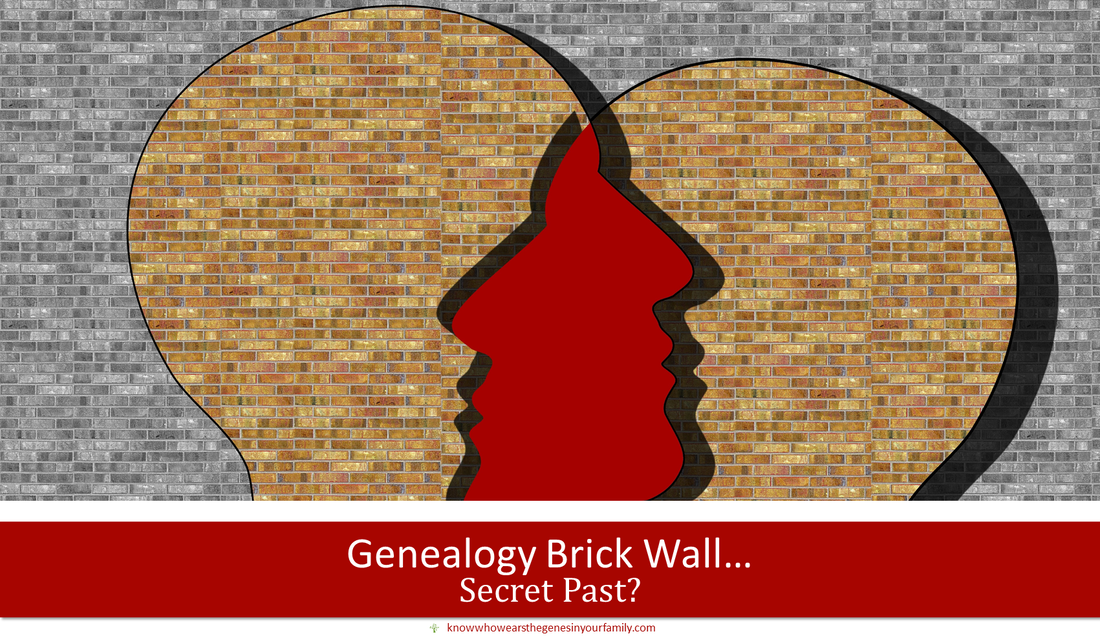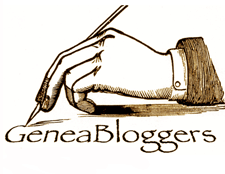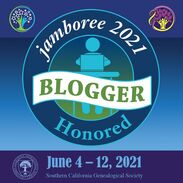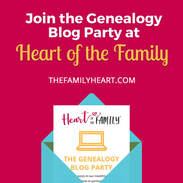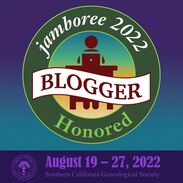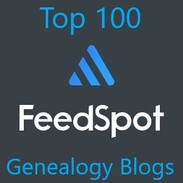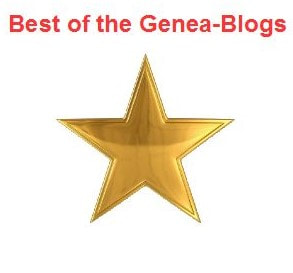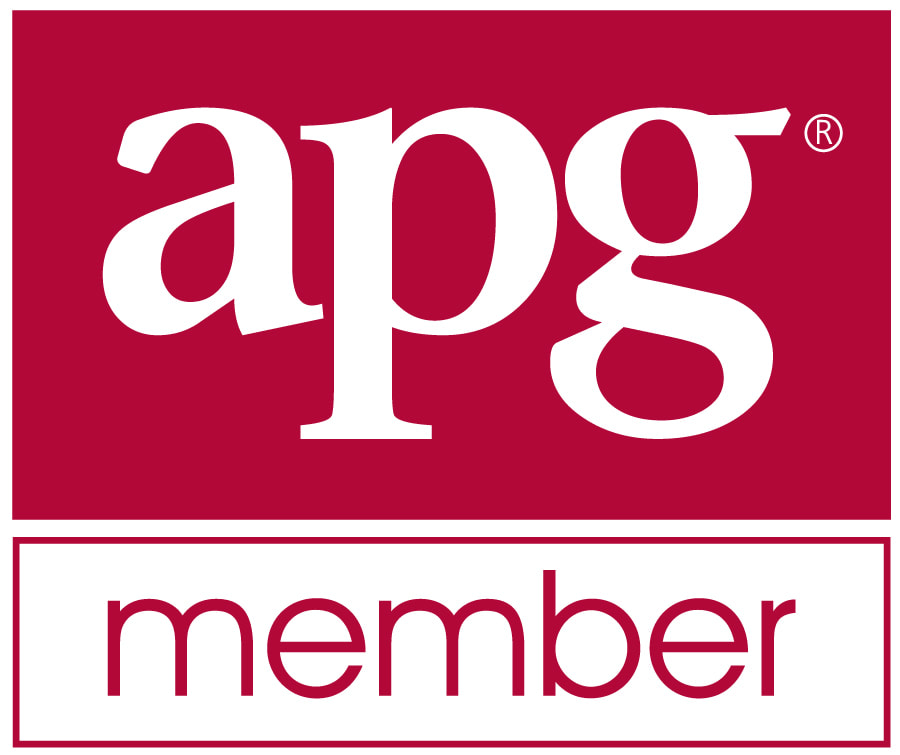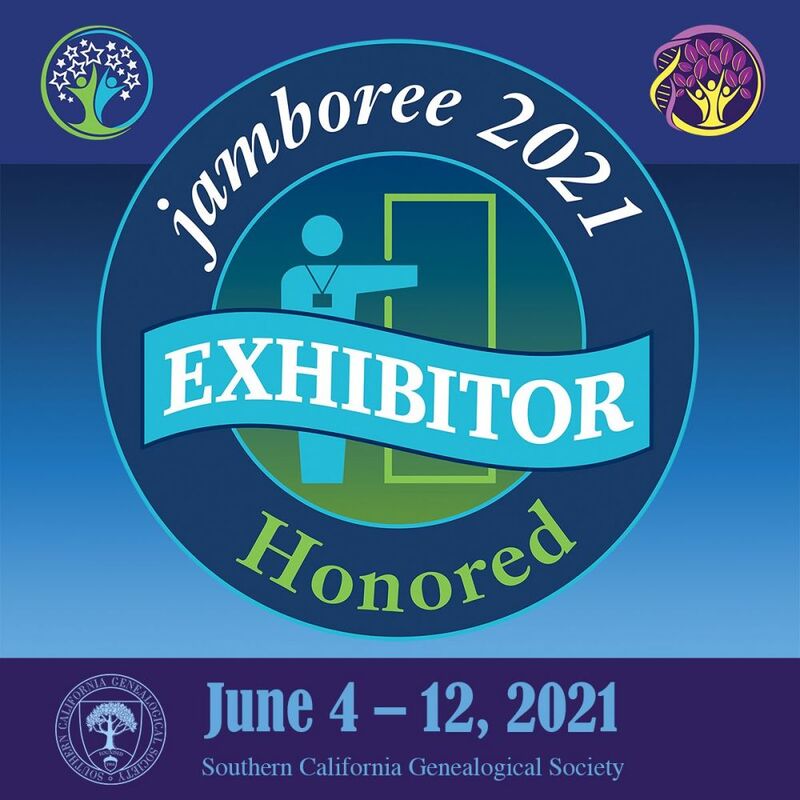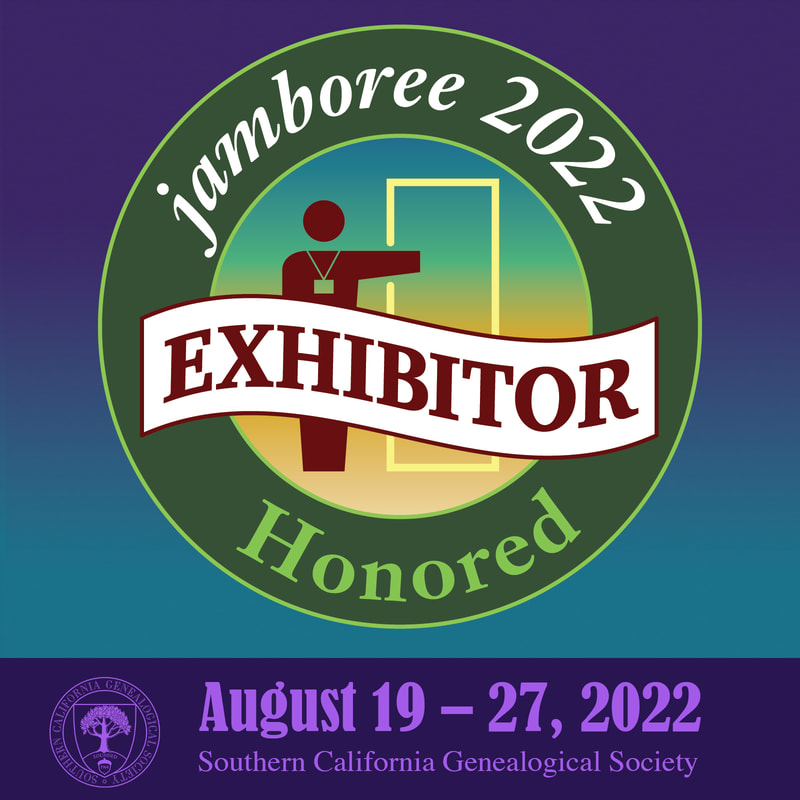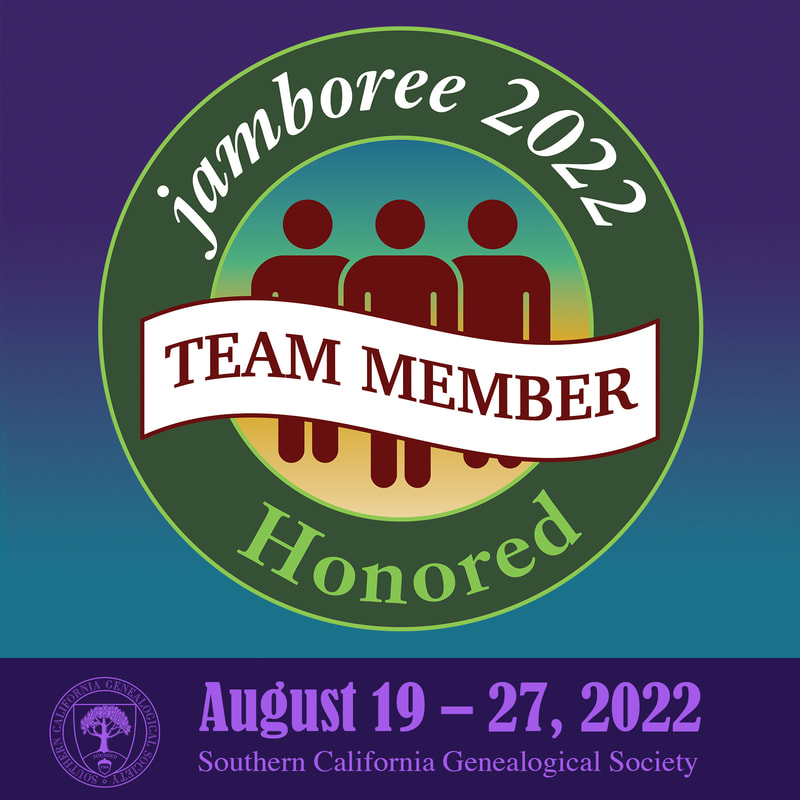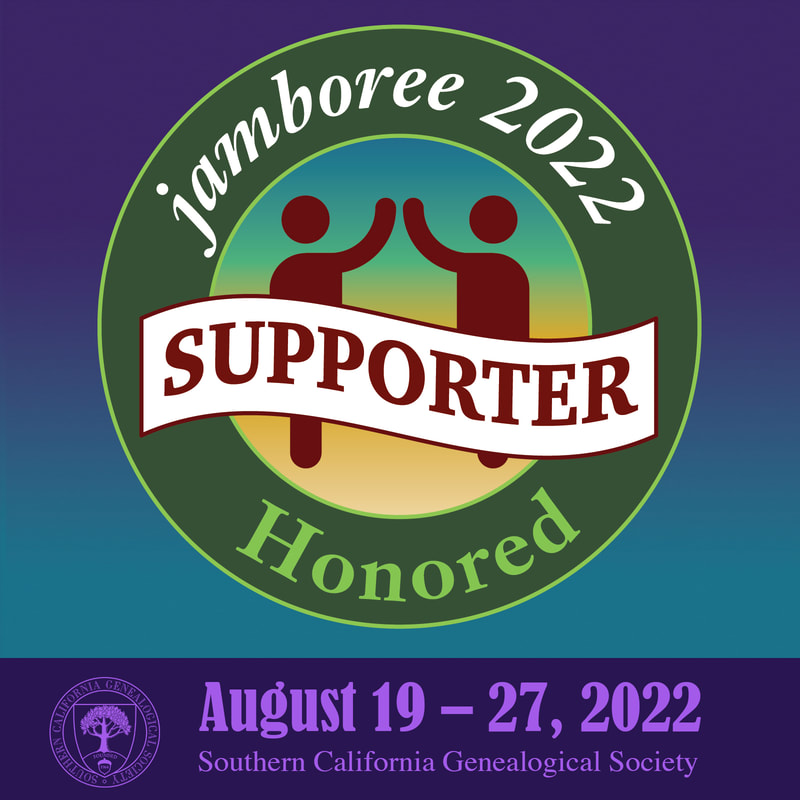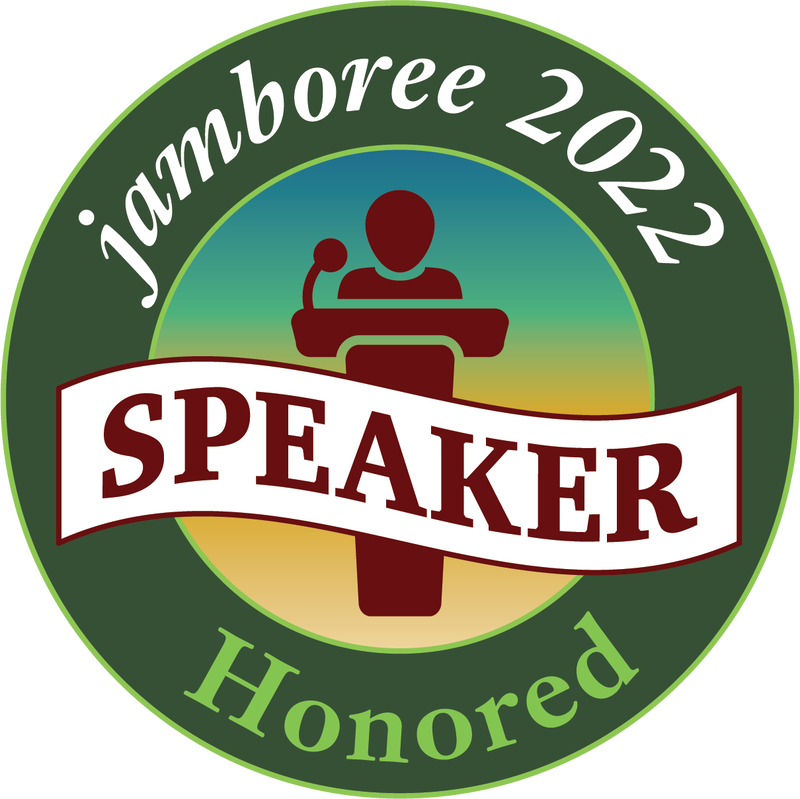|
Transcribe and analyze your ancestors' obituaries easily and flawlessly, even creating biographies from them, to enhance your family history! I am still in the process of testing out and using various AI platforms for different tasks, as some work out for certain tasks better than others, in my genealogical world. I recently tested out obituary transcriptions in the new FREE version of ChatGPT-4o to see the difference between the ones I had done in Microsoft Copilot and Google Gemini a few months ago, in which you can check out those results in “AI in Genealogy: Copilot and Gemini OCR for Obituary Transcriptions and Analysis!”. Copilot was not that great with the task, and Gemini totally failed the task. Until ChatGPT-4o came out just a couple of weeks ago, you could not upload images with the free version at that time, ChatGPT 3.5. Keep in mind that as of this post, there is a significant limit in uploads in the free version of ChatGPT-4o, depending on peak times, etc., and will vary. When I tested this feature within the first few days it became available, I was only able to upload 3 photos for descriptions, then my limit was reached. I was in “limit jail” for 3 days until I could use the upload feature again. Check out the results below for transcribing obituaries with the free version of ChatGPT-4o, giving you yet another way to use AI in genealogy! Results of ChatGPT-4o Ancestor Obituary Transcriptions and AnalysisIn the following examples below, I had used one of the obituaries (he had a few) for my 2nd great grandfather, Samuel Steinman. I prompted it for a description, transcription, and analysis, without including the type of document to see if it could describe what kind of document it was. *Note: Click on images to zoom in ChatGPT-4o AI-Powered Obituary Transcriptions and analysis in Genealogy- ExampleThe only prompt I had used for this was “Describe, transcribe, and analyze this genealogical document for my 2nd great grandfather, Samuel Steinman completely”, in which it churned out fantastic results! There was only one very minor error in the transcription- it left out the word two, and 1 small error in the analysis- stating his daughter and brothers were by his side in his final hours, but it was his daughter, sons, and one brother. Other than that, I’d say this transcription was close to perfect, even down to all the grammar errors in the obituary! ChatGPT-4o AI-Powered Ancestor Death Date Calculator in Genealogy- ExampleSince it did not provide a date of death in the analysis, which I’m surprised it didn’t automatically calculate it, because there was no date of death in the obituary, I decided to ask it to calculate that with the prompt “Determine the date of death from the information that was provided in the document that include his birth date and how old he was when he died”. It was able to calculate it, and give it’s reasoning, and it was spot on! ChatGPT-4o AI-Generated Ancestor Biography from Obituaries in Genealogy- ExampleI then decided to test if it could write a decent ancestor biography just from an obituary, with the prompt “Can you generate a biography from the information in this document”, in which again it churned out fantastic results! Compare the Results to the Free Versions of Microsoft Copilot and Google Gemini Try FREE ChatGPT More AI and Genealogy ResourcesLearn about more family history and genealogy resources under the AI in Genealogy and Genealogy Resources category and on my dedicated Genealogy Resources page.
6 Comments
Describe and analyze your historical photos, easily, to enhance your family history! I am still in the process of testing out and using various AI platforms for different tasks, as some work out for certain tasks better than others, in my genealogical world. I recently tested out photo descriptions in the new FREE version of ChatGPT-4o to see the difference between the ones I had done in Microsoft Copilot a few months ago, in which you can check out those results in “AI in Genealogy: Microsoft Copilot for Historical Photos!”. Until ChatGPT-4o came out just a couple of weeks ago, you could not upload images with the free version at that time, ChatGPT 3.5. Keep in mind that as of this post, there is a significant limit in uploads in the free version of ChatGPT-4o, depending on peak times, etc., and will vary. When I tested this feature within the first few days it became available, I was only able to upload 3 photos for descriptions, then my limit was reached. I was in “limit jail” for 3 days until I could use the upload feature again. Check out the fantastic results below for describing photos with the free version of ChatGPT-4o, giving you yet another way to use AI in genealogy! Results of ChatGPT-4o Historical Photo Descriptions In the following examples below, I had used photos concerning my 2nd great grandfather to test this free feature. *Note: Click on images to zoom in ChatGPT-4o AI Historical Photo Descriptions in Genealogy- Example 1The only prompt I had used for this was “Describe this photo in detail”, in which it churned out fantastic results! ChatGPT-4o AI Historical Photo Descriptions in Genealogy- Example 2Once again, the only prompt I had used for this was “Describe this photo in detail”, in which it again churned out fantastic results! ChatGPT-4o AI Historical Photo Descriptions in Genealogy- Example 3 Yet again, the only prompt I had used for this was “Describe this photo in detail”, in which again it churned out fantastic results, with nothing other than a simple prompt! ChatGPT-4o AI Historical Photo Descriptions in Genealogy- Example 4 For this example, I decided to create a second prompt to help ChatGPT out with the family member description and time period it had churned out for the last example. I provided names, along with the time it was taken and where, thus making it more personal and adding context to enhance my ancestor’s family photo and family history. The prompt I used for this was: This photo was taken in Albany, Missouri 1894 and includes my 2nd great grandparents: Samuel and Mary Harriet Steinman and their children from eldest to youngest: Ralph Waldo, Lillie Ethel, Edmond Cole (my great grandfather), and Arthur Olander. Compare the Results to the Free Version of Microsoft Copilot Try ChatGPT for Free More AI and Genealogy ResourcesLearn about more family history and genealogy resources under the AI in Genealogy and Genealogy Resources category and on my dedicated Genealogy Resources page.
Yes, there is a way to copy and save your DNA match list, easily! I am still in the process of testing out and using various AI platforms for different tasks, as some work out for certain tasks better than others, in my genealogical world. I recently tested out copying and pasting my DNA match list into the FREE version of ChatGPT to see if it would be an easy way to retain and save my matches and notes. Check out the results below for using AI to save your match lists, giving you yet another way to use AI in genealogy! Steps to Copy and Save Your DNA Match List with ChatGPT
Results of ChatGPT Retained DNA Match List and Notes*Note: Click on images to zoom in More Genealogy ResourcesLearn about more family history and genealogy resources under the Genealogy Resources category and on my dedicated Genealogy Resources page.
I am still in the process of testing out and using various AI platforms for different tasks, as some work out for certain tasks better than others, in my genealogical world. I recently tested out generating transcriptions, extracts, and abstracts, using OCR and HTR for historical documents, from my family history, in Microsoft Copilot and Google Gemini. My preferred platform is ChatGPT, but I need to use Copilot and Gemini for images, if I want to go about it the free way. So far, I have tested out historical photos, which you can check out in, "AI in Genealogy: Microsoft Copilot for Historical Photo Descriptions!", transcribing obituaries, which you can read about in, "AI in Genealogy: Copilot and Gemini OCR for Obituary Transcriptions and Anaysis!", and parish records, that you'll find for information about in, "AI & Genealogy: Gemini HTR for Parish Record Transcription and Analysis!". Some will not work in Copilot but work in Gemini and Vice Versa, while some just don’t work at all. Some also turn out better than others, while some just make me laugh. It’s a hit and miss. Of course, nothing is perfect, but I’m sure it will get better as time goes by. Check out a few of the results below for using AI to transcribe and/or analyze genealogical records, such as death certificates, and see how you can use AI in your genealogy! Death Certificate Transcribed with Google Gemini Below is an example of a Gemini Transcription, using OCR and HTR, of my 2nd great grandfather’s death certificate. I’d say it did pretty darn well, with only a few hiccups, highlighted in yellow. Take a look! *Note: If you click on the images, it zooms in. 😉 I know, not very useful at this point in time, but just think of the OCR and HTR capabilities that will be here in the very near future, making all of our genealogical work a breeze, with endless possibilities! 😉 More Genealogy ResourcesLearn about more family history and genealogy resources under the Genealogy Resources category and on my dedicated Genealogy Resources page.
The Free Google Gemini AI Platform performs a good attempt at handwritten text recognition and analysis in genealogical documents, such as parish records! I have been testing and using AI for many things in my genealogical world this past year, along with testing out and using various AI platforms for different tasks, as some work out for certain tasks better than others. I recently tested out generating transcriptions, extracts, and abstracts, using HTR for historical documents, from my family history, in Microsoft Copilot and Google Gemini. Some will not work in Copilot but work in Gemini and Vice Versa, while some just don’t work at all. Some also turn out better than others, while some just make me laugh. It’s a hit and miss. Of course, nothing is perfect, but I’m sure it will get better as time goes by. OCR is much better than HTR, such as in newspaper articles, which you can read more about in "AI in Genealogy: Copilot and Gemini OCR for Obituary Transcriptions and Analysis!". Check out a few of the results below for using AI to transcribe and/or analyze parish records and see how you can use AI in your genealogy! Google Gemini AI-Powered HTR Parish Record Transcription and Analysis TestsNot very useful, but I just wanted to test out HTR capabilities with free AI platforms. 😉 More Genealogy ResourcesLearn about more family history and genealogy resources under the Genealogy Resources category and on my dedicated Genealogy Resources page.
Explore Ancestry's Records with AI!Ancestry has just come out with a new AI records feature, a few days ago, that allows you to further explore your ancestor’s records, using AI technology, that further enhances your family history experience! Records Available with This Feature (For Now)
How to Get to Ancestry's AI Record Explorer
Currently in BETA ModeThis feature is new and currently in BETA mode, and they have already changed the results that are churned out quite a few times already. The moment this feature popped up, while working on a client’s case, I quickly checked it out on a possible record I was already in the process of viewing, when it just all of the sudden appeared before my eyes. The first AI record exploration I tried had extremely flowery language and made me laugh. It also seemed to add a lot of context that was not based on facts. I quickly went to my own tree and tried it out on a few of my own ancestor’s records. Within minutes, the tone and mood of the results had changed, along with it sticking more to the facts, with context slightly truer to the facts. As of today, it has now changed to pretty much just straight facts, without much of a tone or mood of any kind. I prefer the second change, with a little context and slight tone and mood. Check out the examples below! Update: Within minutes after I gave the “as of today” above, it has changed again. So, I guess you’ll never know what you will get, until they work out all the kinks. 😉 Ancestry AI Record Explorer with WW II DraftAncestry AI Record Explorer with Census RecordAs you can see, from these 4 different versions generated, each at different times, since release, the output keeps changing, but I'm sure they'll find a perfect balance. This is a fantastic, fun addition, and I hope to eventually be able to explore more records with this AI feature! More Ancestry and Genealogy ResourcesLearn about more Ancestry updates, tips, tools, and features and other family history and genealogy resources under the Genealogy Resources category and on my dedicated Genealogy Resources page.
Are you using AI to help generate transcriptions, extracts, or abstracts for and/or understand your genealogical documents? I have been testing and using AI for many things in my genealogical world this past year. I have tested out and used various AI platforms for different tasks, as some work out for certain tasks better than others. I recently tested out generating transcriptions and using OCR for historical documents, from my family history, in Microsoft Copilot and Google Gemini. Some turned out better than others. It’s a hit and miss. Of course, nothing is perfect, but I’m sure it will get better as time goes by. Check out a few of the results below for using AI to transcribe and/or analyze obituaries and see how you can use AI in your genealogy! Microsoft Copilot AI-Powered OCR Obituary Transcription and Analysis Test- Example (Try #1)Here is an example using AI-Powered OCR for transcription and analysis of an obituary for my 2nd great grandfather, Samuel Steinman. It turned out pretty good, I'd say! Google Gemini AI-Powered OCR Obituary Transcription and Analysis Test- Example (Multiple Tries)After multiple attempts, with different prompts, Google Gemini was unable to use AI-Powered OCR for transcription and analysis of the same obituary for my 2nd great grandfather, Samuel Steinman. I tried the same prompt as above, just simply "Transcribe", simply "What is this?", and more, to no avail. Now, don't think for a moment that Google Gemini is of no use. As I mentioned, I use a combination of different platforms depending on the task, and Google Gemini performs much better in other tasks. More coming soon. More Genealogy ResourcesLearn about more family history and genealogy resources under the Genealogy Resources category and on my dedicated Genealogy Resources page.
FamilySearch has just added new, experimental products to the FamilySearch Labs, with many using AI! One of these new features is a historical record full-text search, powered by AI, where you may unearth hidden discoveries in historical records that have never been searchable until now! As of now, there are only 2 collections included in the experimental FamilySearch Labs for this feature, U.S. Land and Probate Records and Mexico Notary Records, with more being added soon! Not only does it generate a full-text search, but it also gives you a full transcript, which is downloadable, with the original record! Check out an example below! FamilySearch Full-Text Record SearchFamilySearch Full-Text Record Search & Full Record TranscriptFamilySearch Full-Text Search Record Transcript DownloadIf you’d like to try out this or any other experimental features, you must sign up first at: FamilySearch Labs More FamilySearch and other Genealogy ResourcesLearn about other FamilySearch updates and features, along with more family history and genealogy resources under the Genealogy Resources category and on my dedicated Genealogy Resources page.
Are you using AI to help generate descriptions for your family history photos? I have been testing and using AI for many things in my genealogical world this past year. I have tested out and used various AI platforms for different tasks, as some work out for certain tasks better than others. I recently tested out generating descriptions for historical photos, from my family history, in Microsoft Copilot. Some turned out better than others. Check out a few of the results below and see how you can use AI in your genealogy! AI Historical Photo Descriptions in Genealogy- Example 1AI Historical Photo Descriptions in Genealogy- Example 2AI Historical Photo Descriptions in Genealogy- Example 3More Genealogy ResourcesLearn about more family history and genealogy resources under the Genealogy Resources category and on my dedicated Genealogy Resources page.
The Combined Power of AI and Timelines in Ancestor WritingJust a few days before MyHeritage announced their newest feature, AI Biographer, which you can read about in my post, “New MyHeritage Feature: AI Biographer, Creates Instant Biographies for Your Ancestors!”, I was literally working on a couple of projects that was doing just that, using AI for my biography, as well as for my ancestors’ biographies! I was taking all my own historical facts from my timeline and copying and pasting them in an AI paraphraser tool to create something just like this! At the same time, I was telling myself that it would be cool if either Ancestry or MyHeritage came out with a feature that did exactly what I was doing manually, take everything from your timeline/ancestor’s timeline and create a story or biographical sketch using AI. Who knew that MyHeritage was working on just that behind the curtains, right at the time I was envisioning it! I quickly found that if I create one myself from ancestors in my family tree, using their timeline events, I can create a fairly descent ancestor story/biography. Of course, it wasn’t that quick, and I had to manually tweak the paragraphs then run them through a paraphraser again. Then today, I decided to add some historical context throughout to make it a bit more interesting, taking cues from Ancestry’s new AncestryAI and My Heritage’s new AI Biographer, by using some of the events in my timelines and running them through an AI chat program. I also tweaked those as well. Altogether, I used quite a few different programs to accomplish my final test product. Check out the result below! 😊 My Ancestor Biography, with the Help of AI*This example is all based on my OWN research and taken from my own ancestor timeline, which is filled with facts and events based on my research. I then used AI to help me paraphrase my facts and events. More AI and Genealogy ResourcesLearn about more AI in Genealogy and other family history and genealogy resources under the AI in Genealogy and Genealogy Resources category and on my dedicated Genealogy Resources page.
|
Details
Categories
All
FeaturedTop PostsBlogrollEvalogue.Life, Heart of the Family, Molly's Canopy, Climbing My Family Tree, Cami Mayer, Field Genealogist, Ancestor Detective, DNA Breakthroughs, Your DNA Guide, Ancestral Findings, Genealogy Tip of the Day, Family History Daily, Genea-Musings
BlogI hope my family history and genealogy blog on genealogy research tips, resources, events, and more, along with my own genealogy journeys, will help you in your research and in building your family tree to learn more about your ancestors and family history to preserve for future generations to come! Come visit me at Know Who Wears the Genes in Your Family if you're interested in starting your family history journey, booking me for your next speaking event, or family history and genealogy heirloom products!
Archives
July 2024
|
HoursM-Su: 8am - 8pm
|
Know Who Wears the Genes in Your Family is dedicated to promoting family history and genealogy, while maintaining commitment to client care and professional service, and adheres to the Code of Ethics and Professional Practices put forth by the Association of Professional Genealogists.
|


























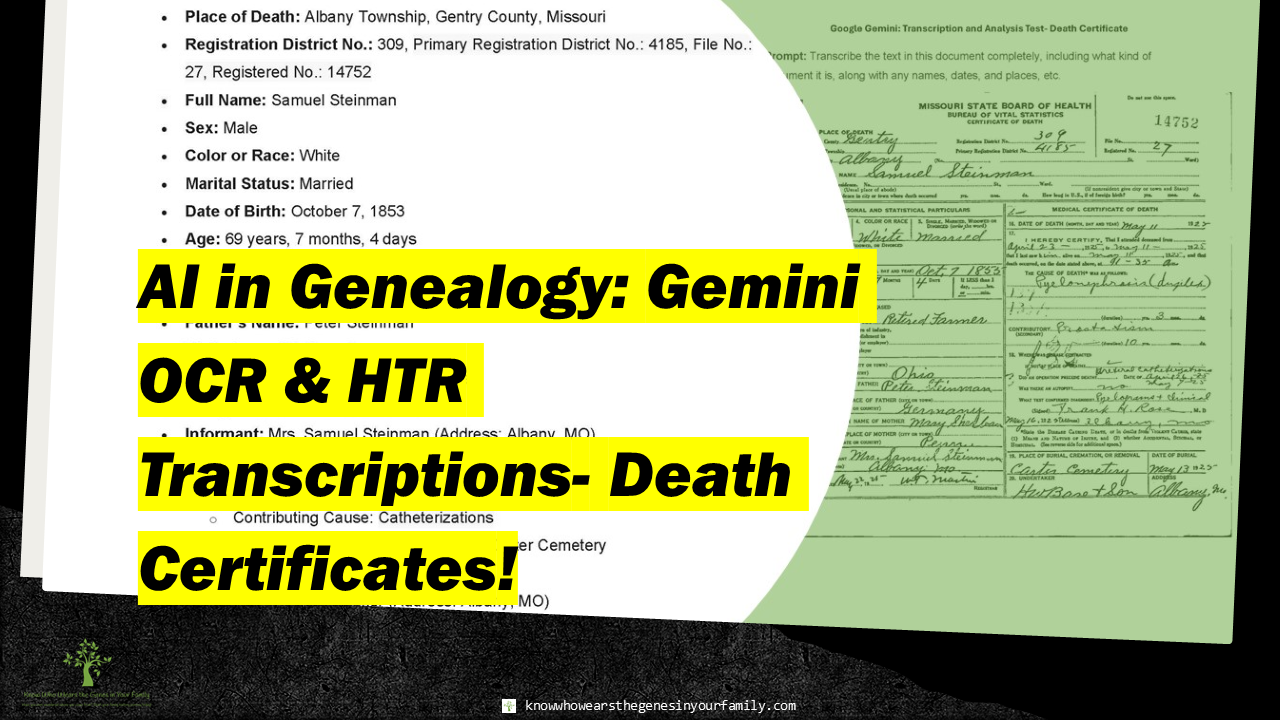



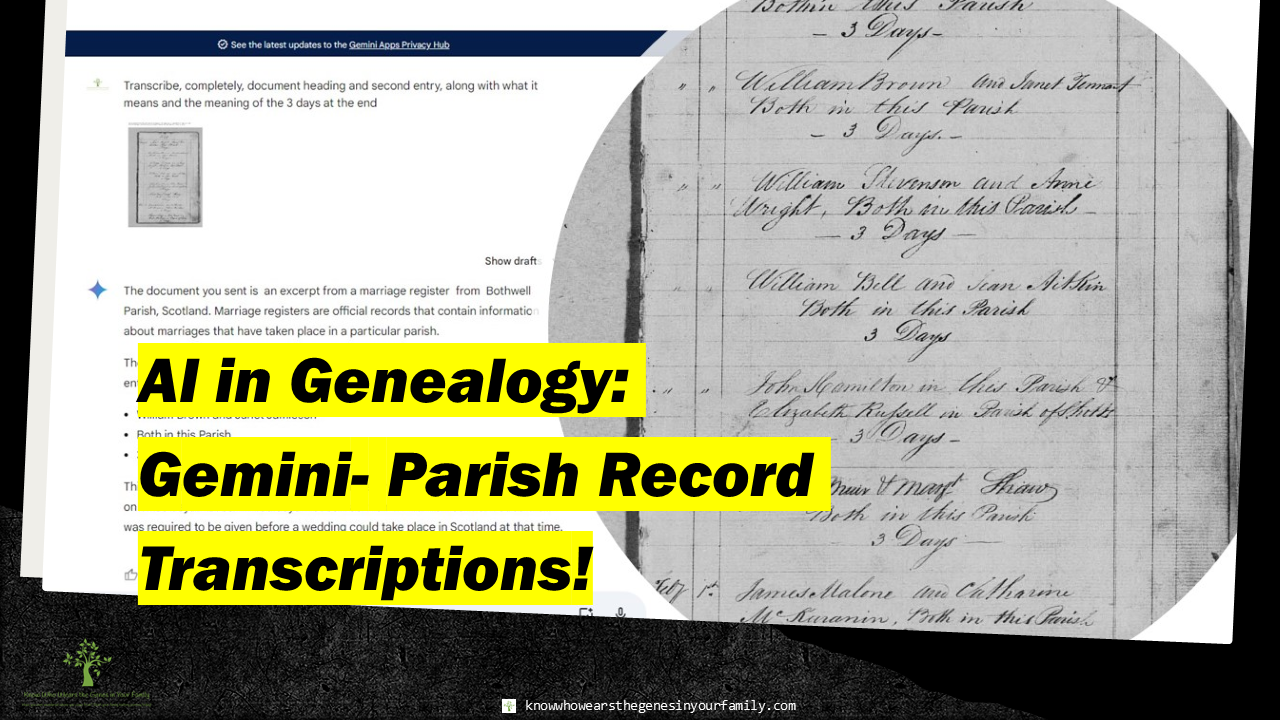
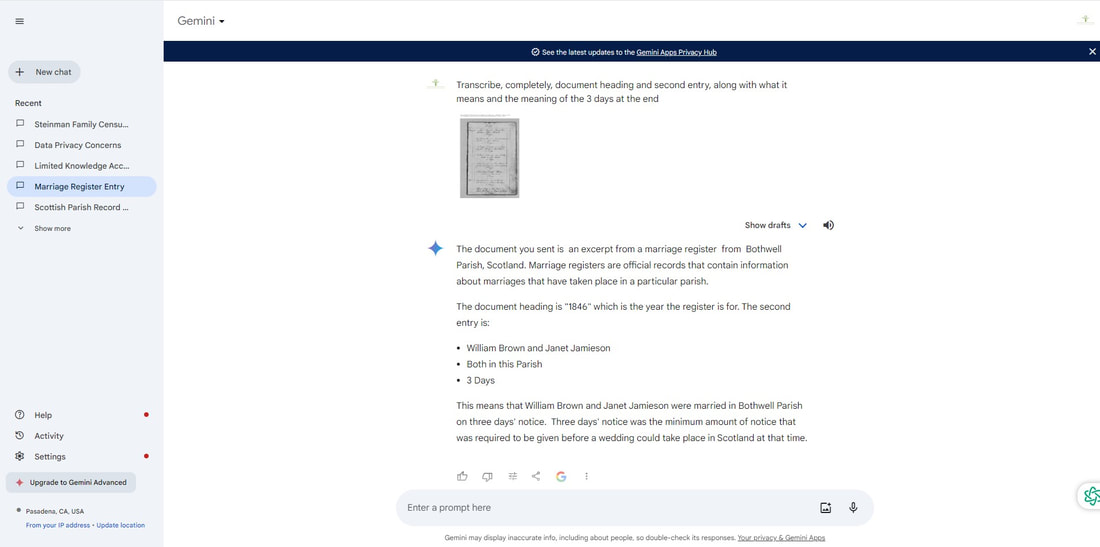
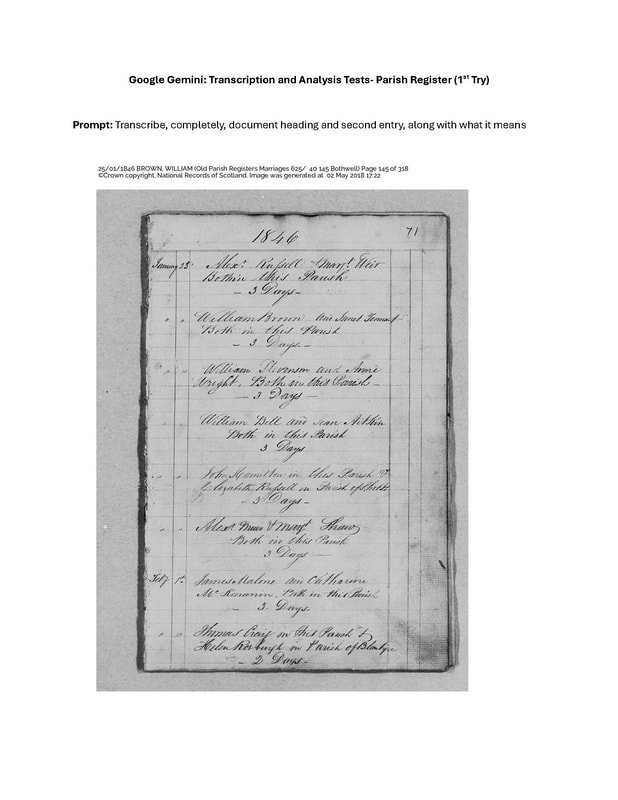
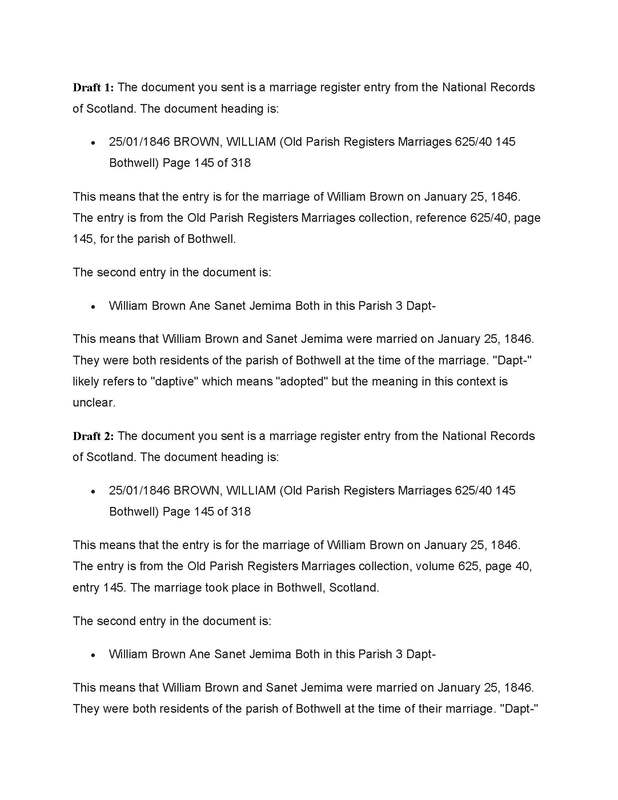
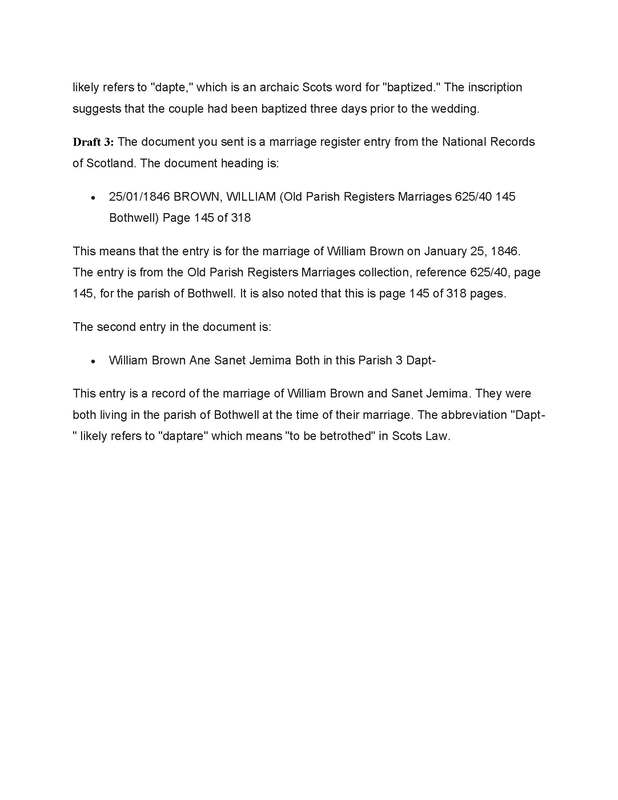
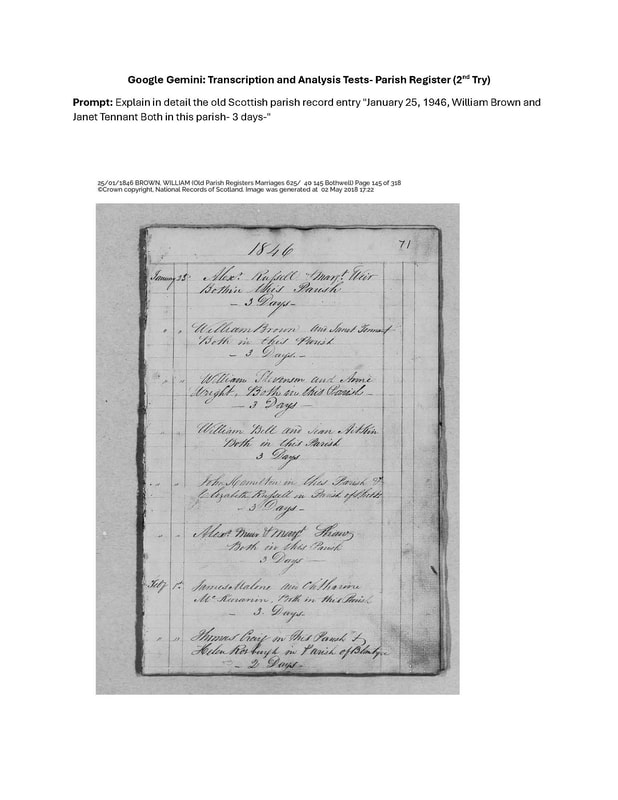
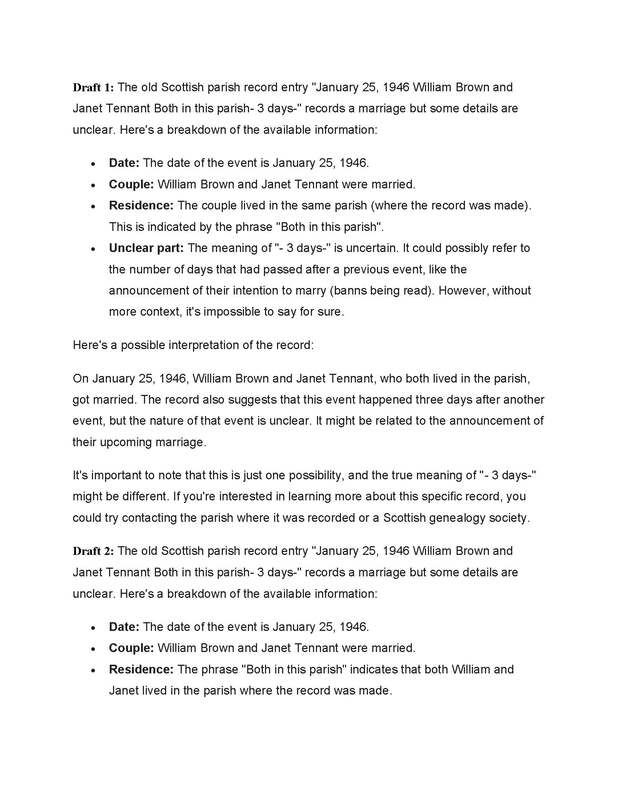
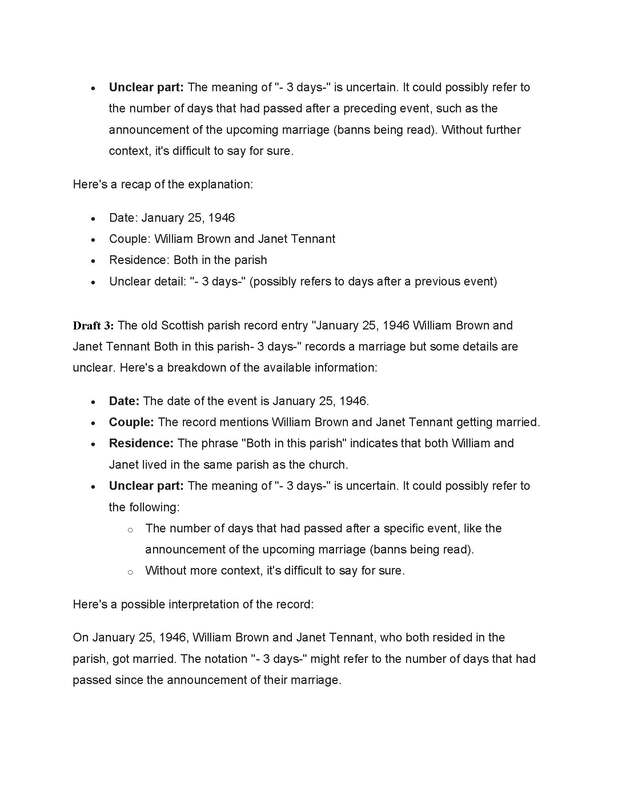

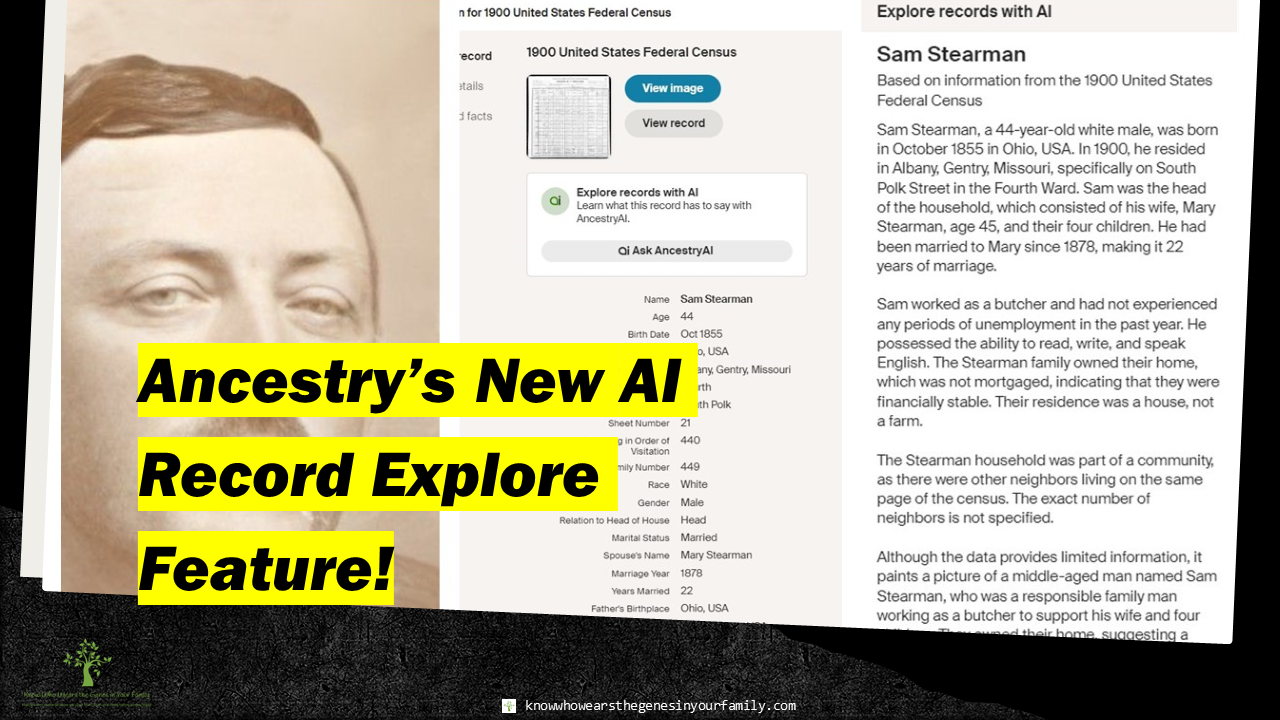
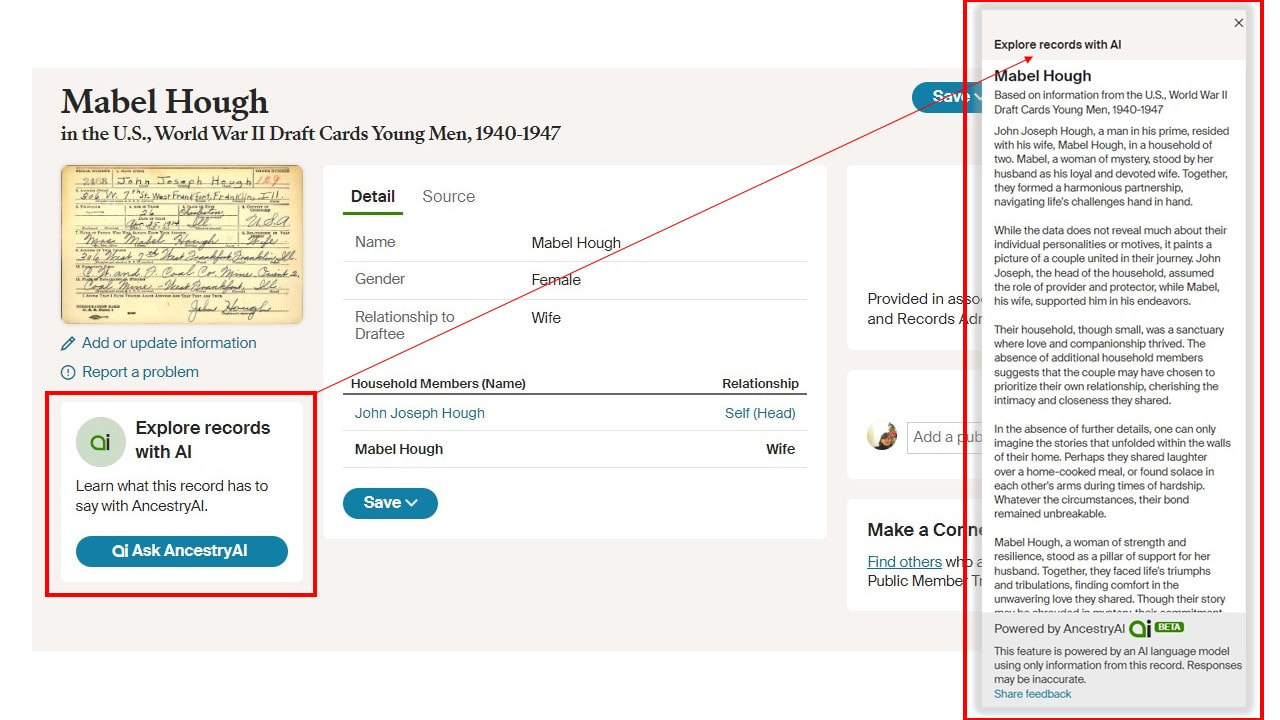
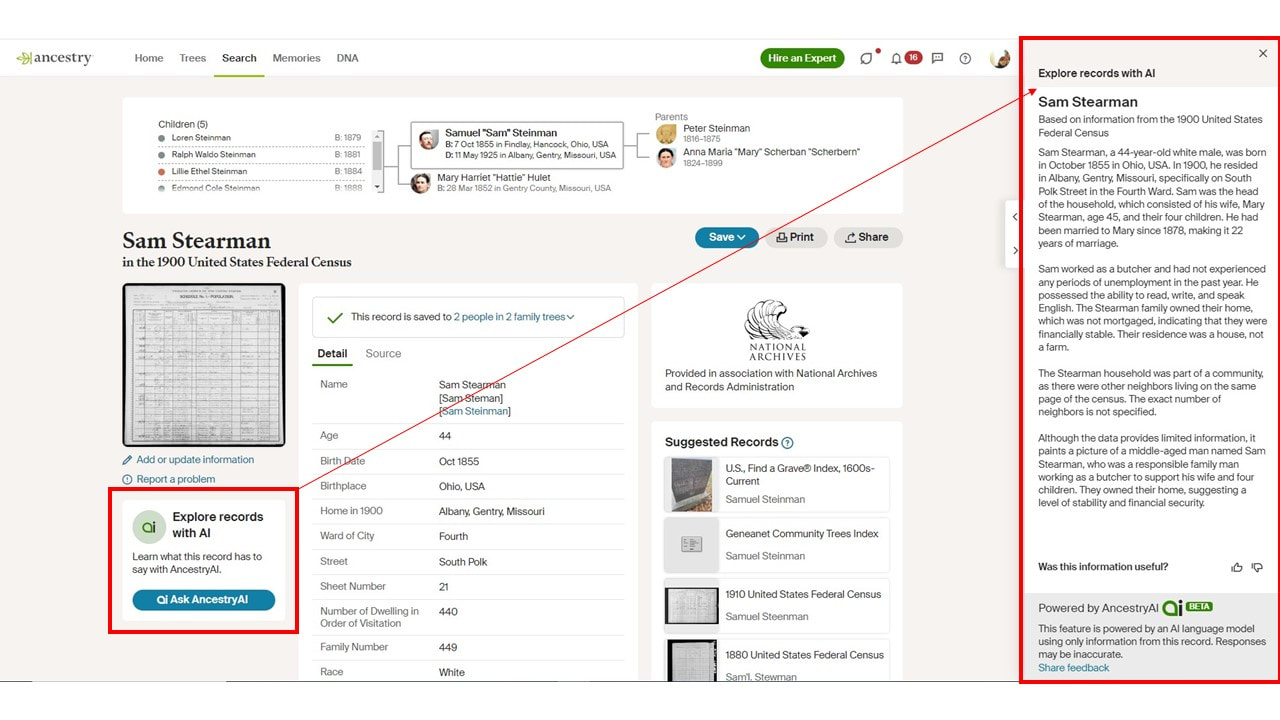
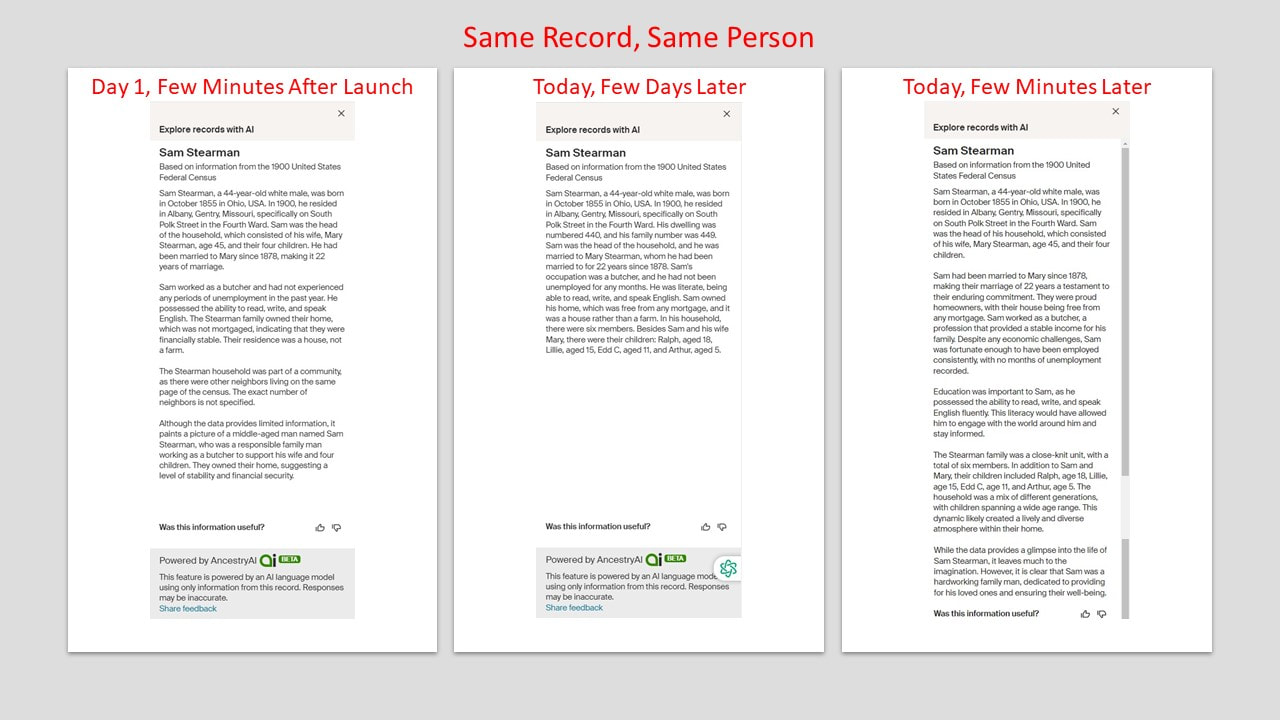
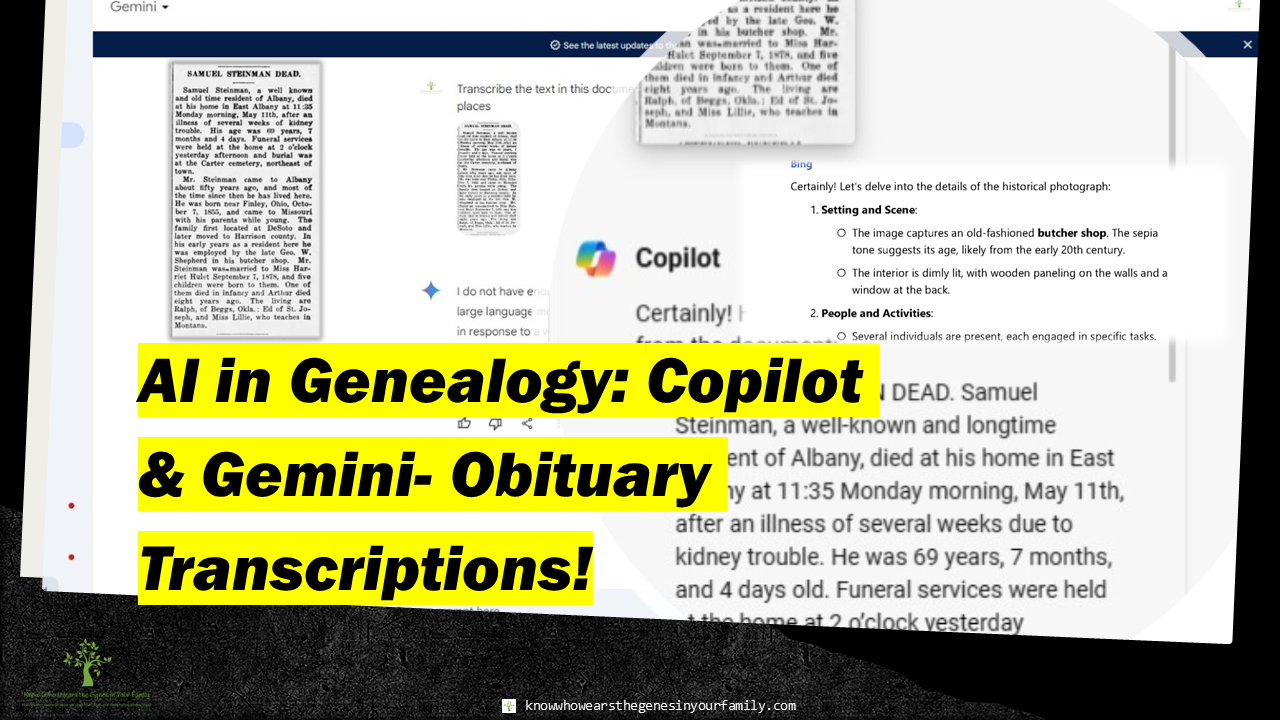
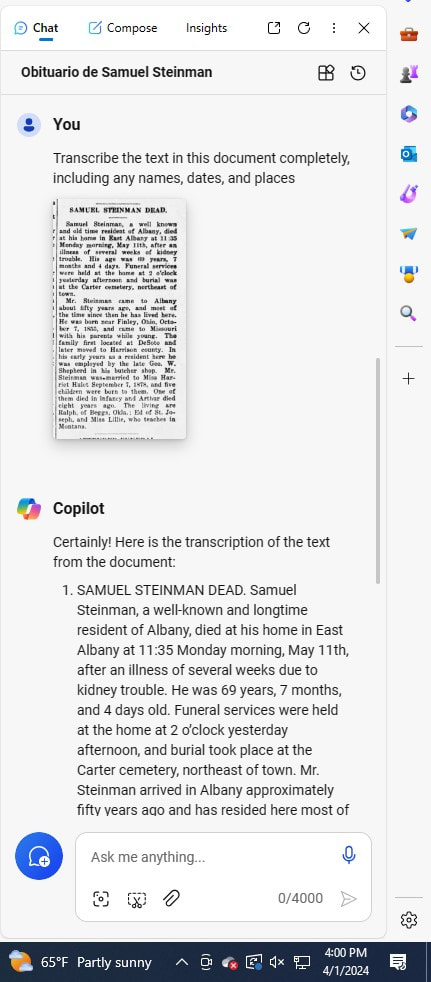
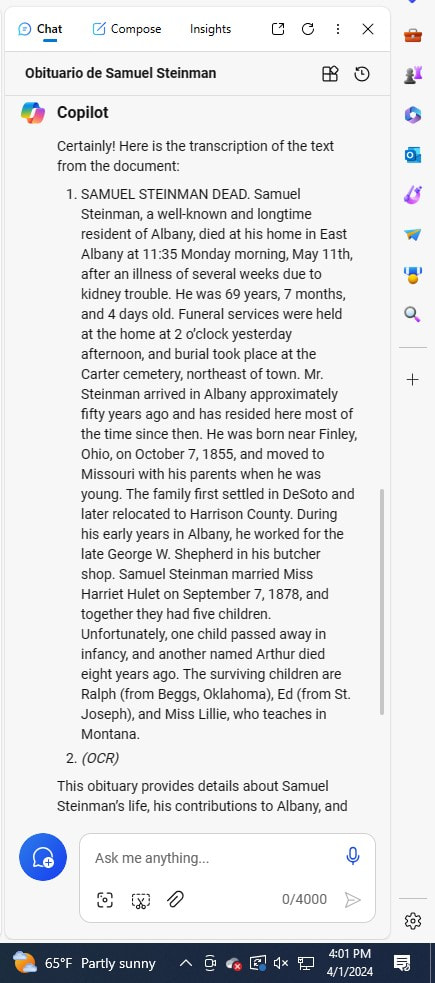
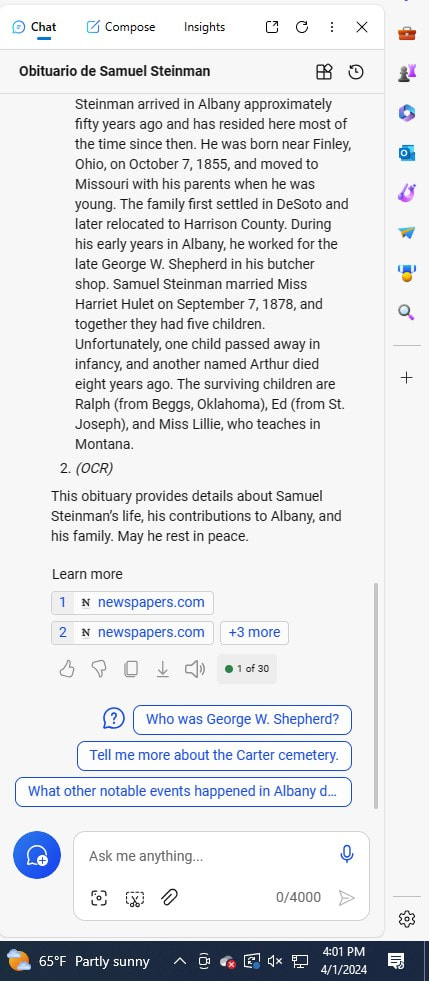
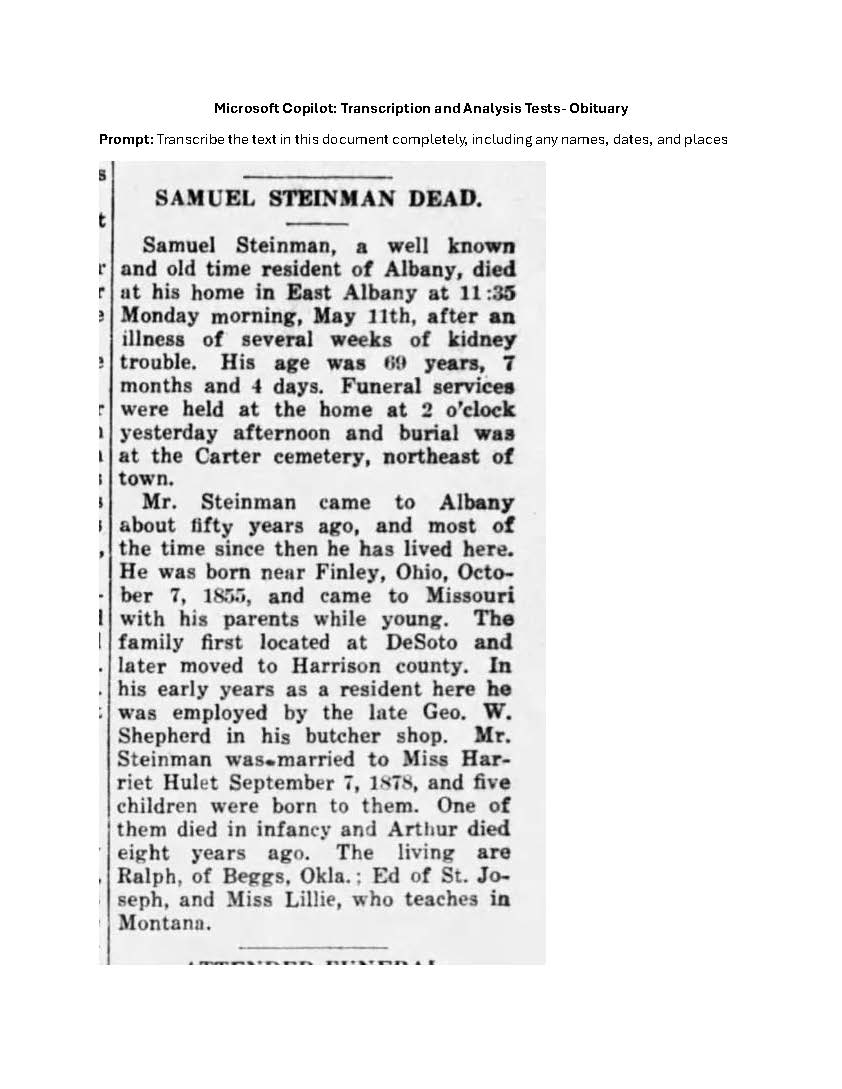
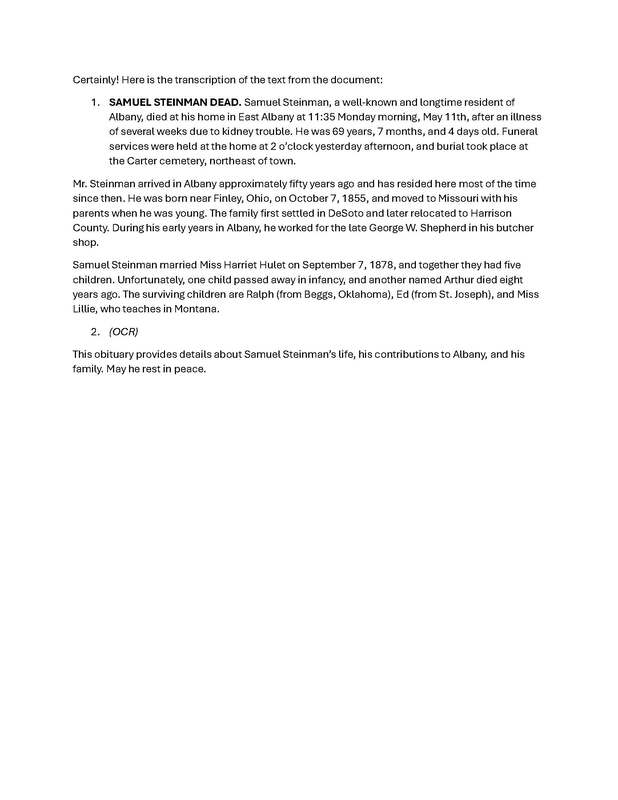
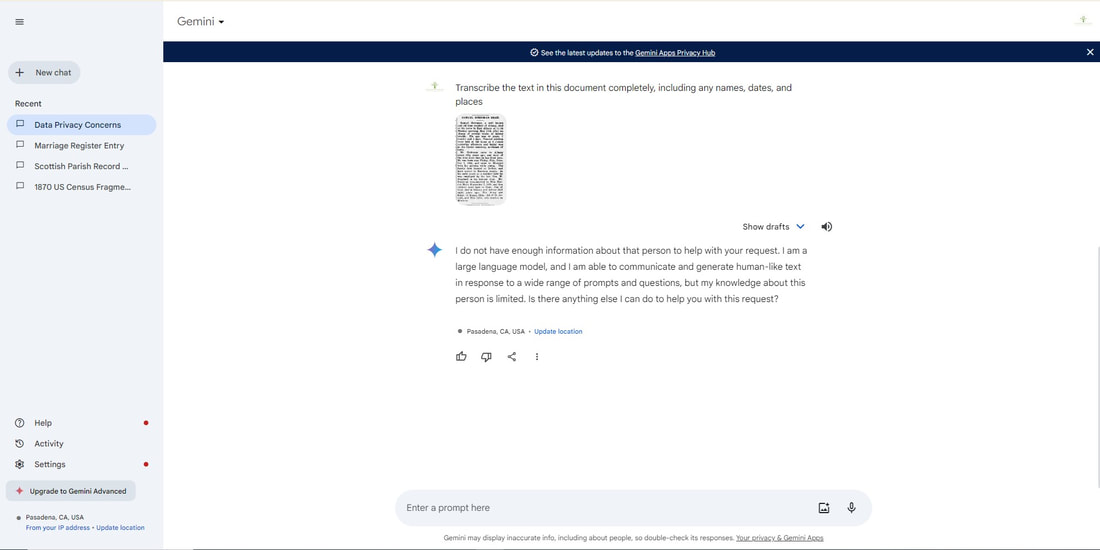
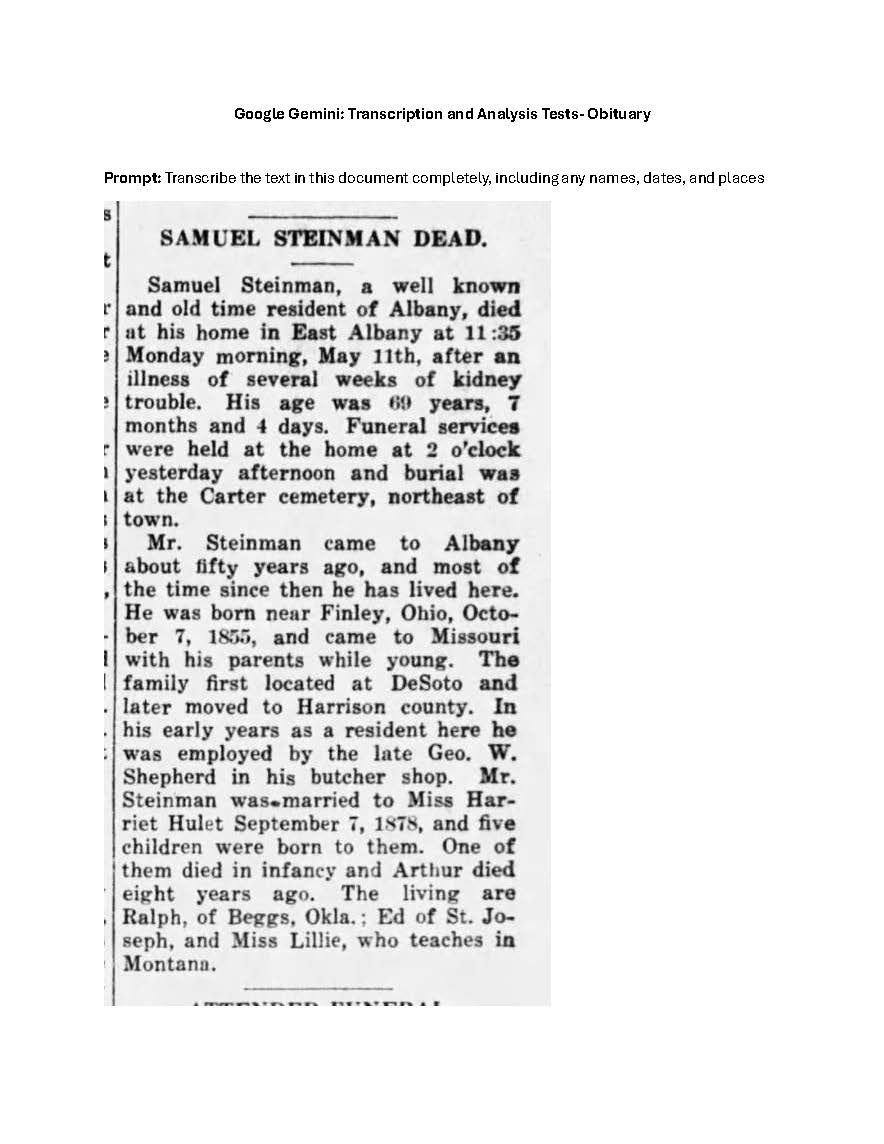

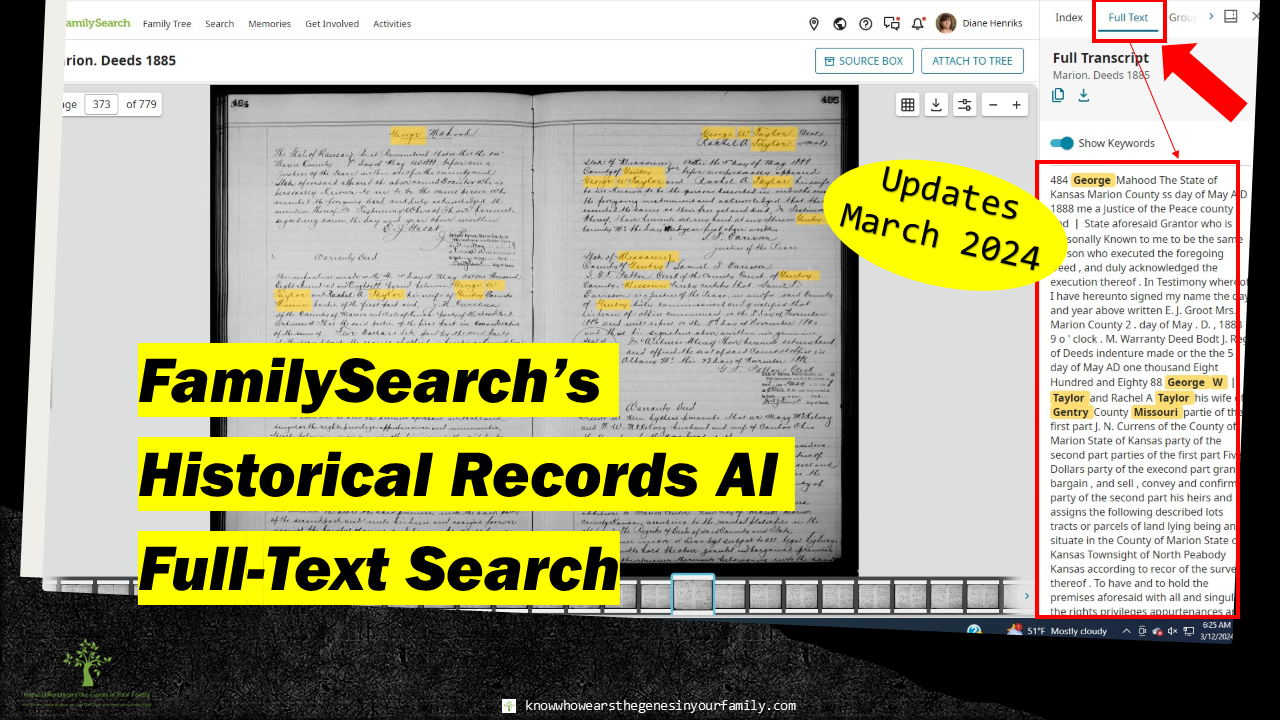
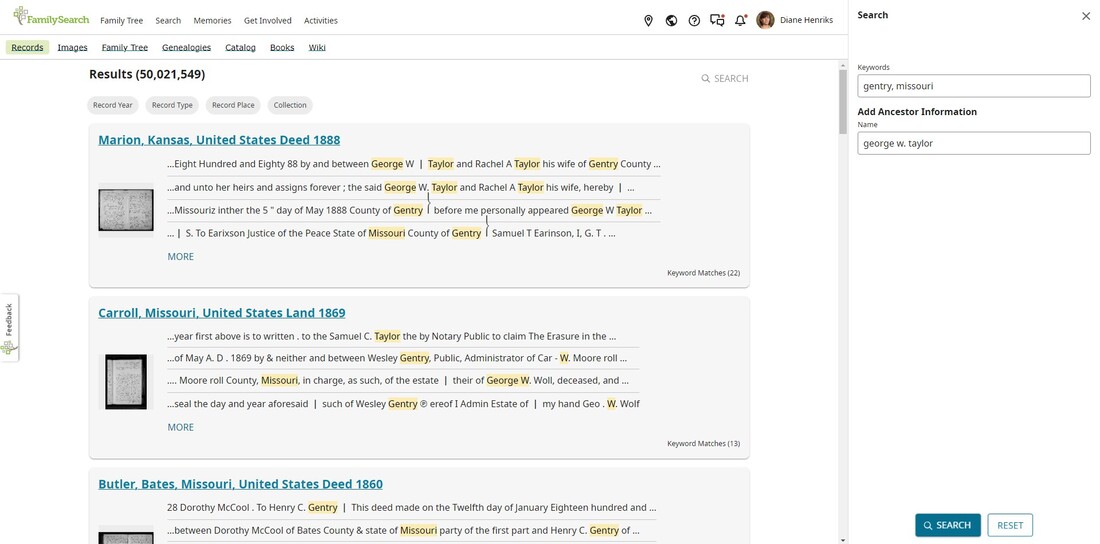
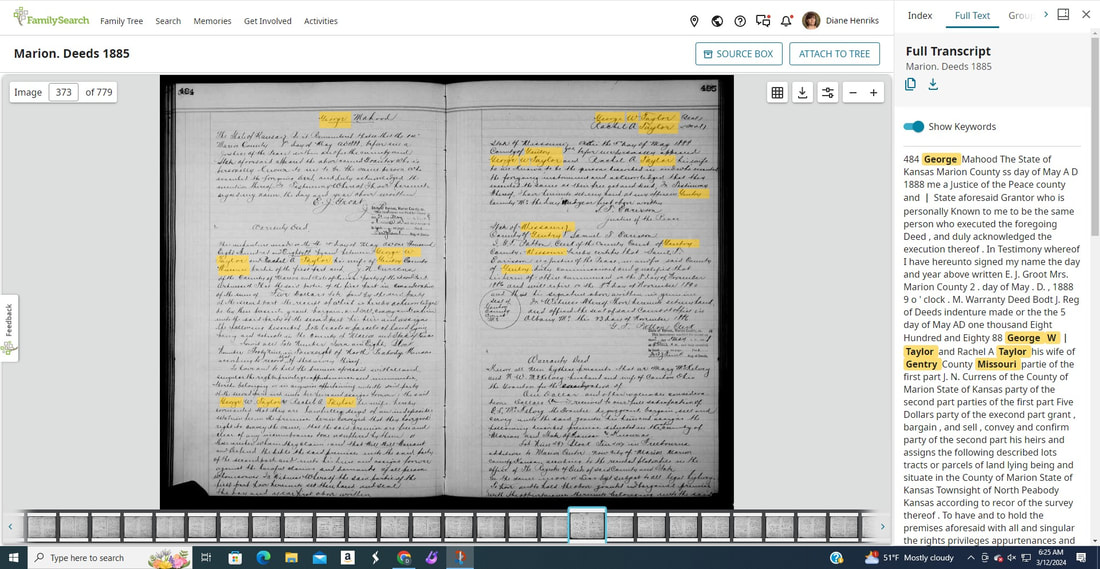
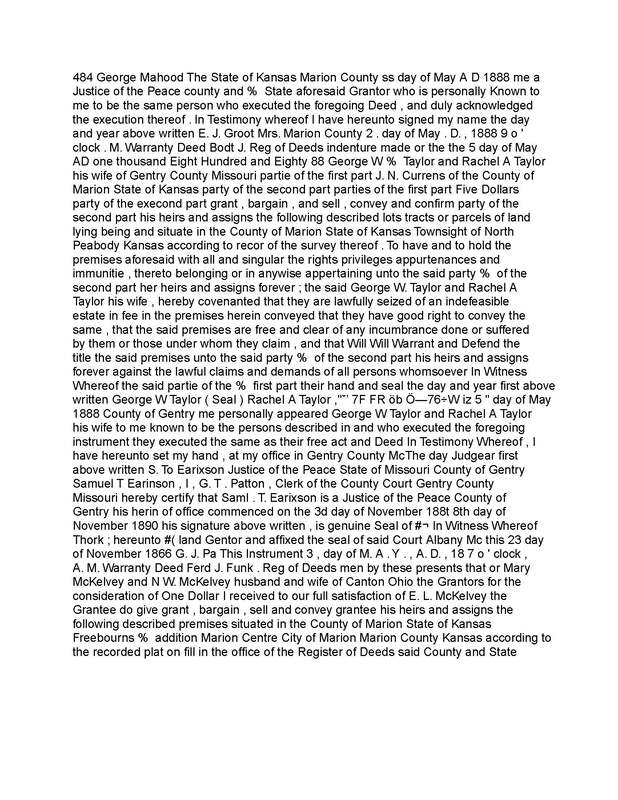
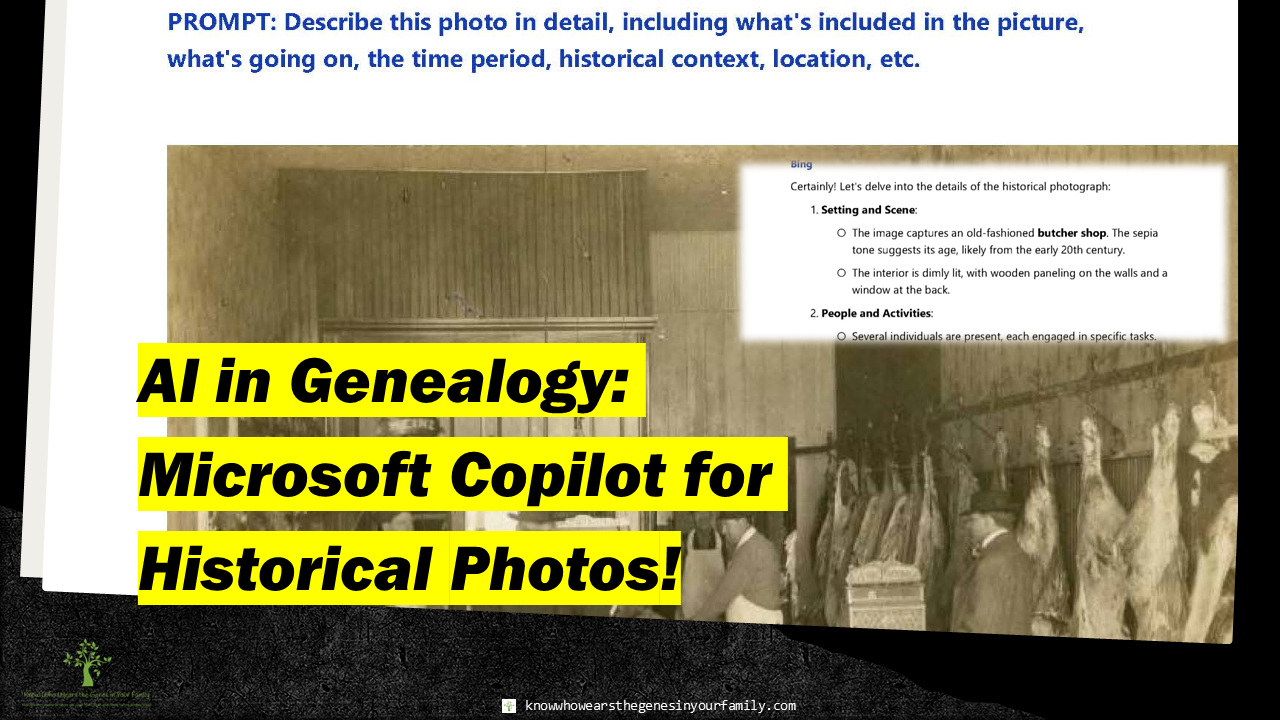
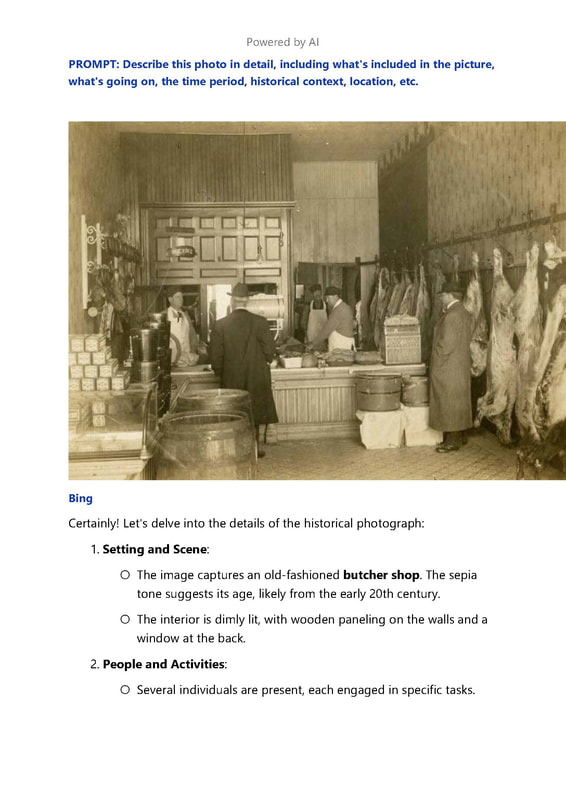
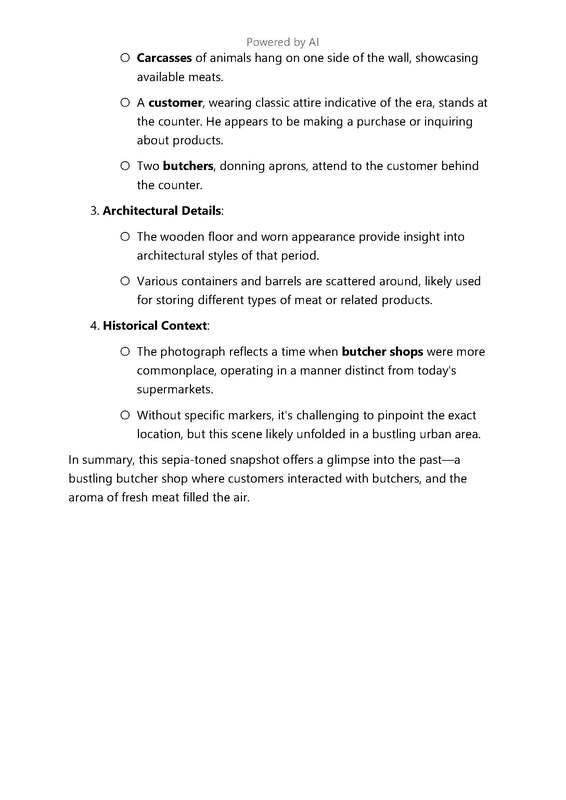
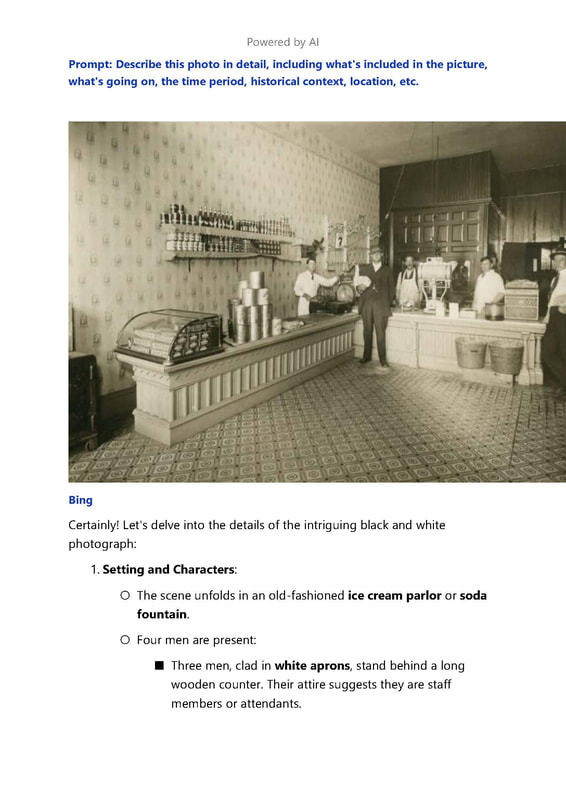
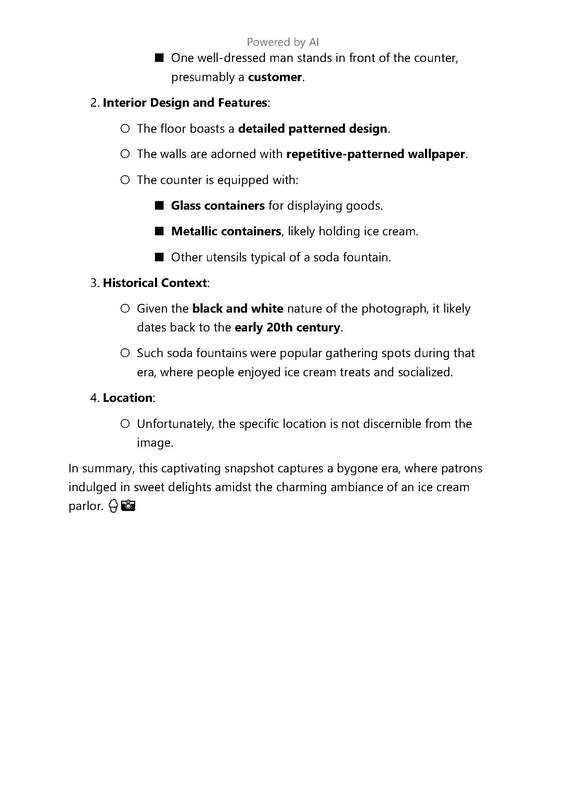
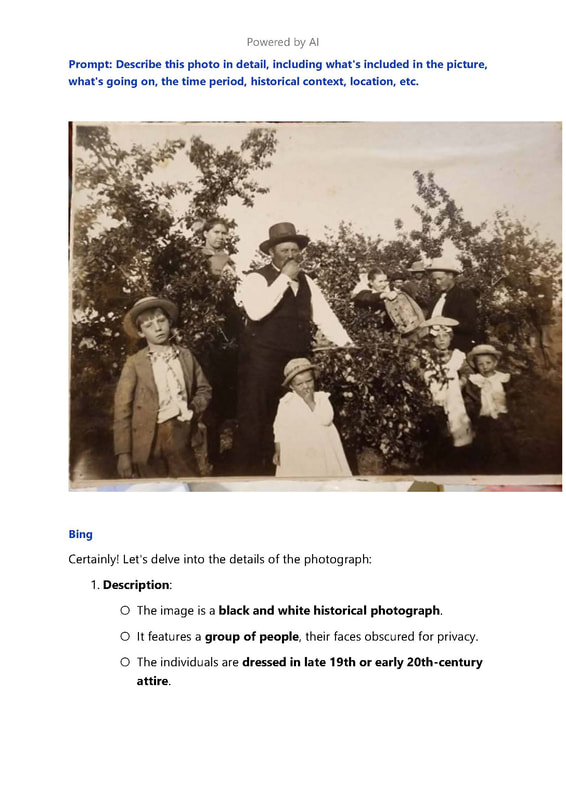
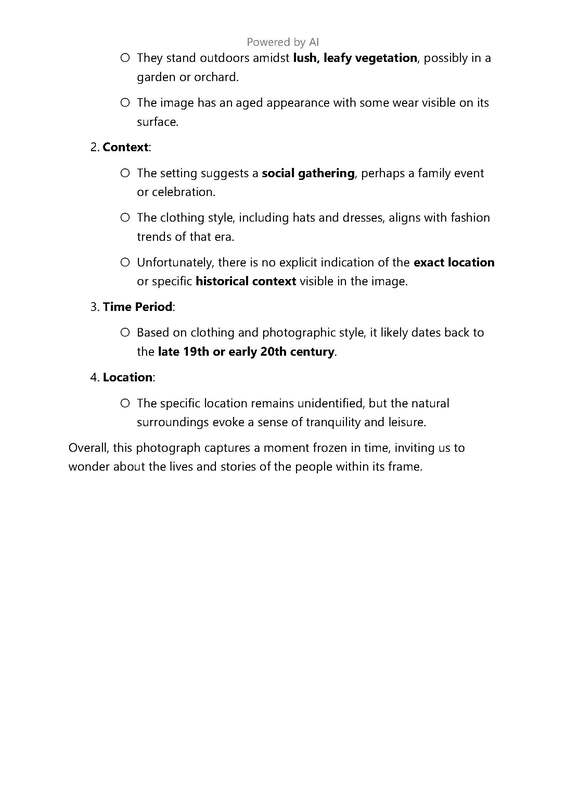
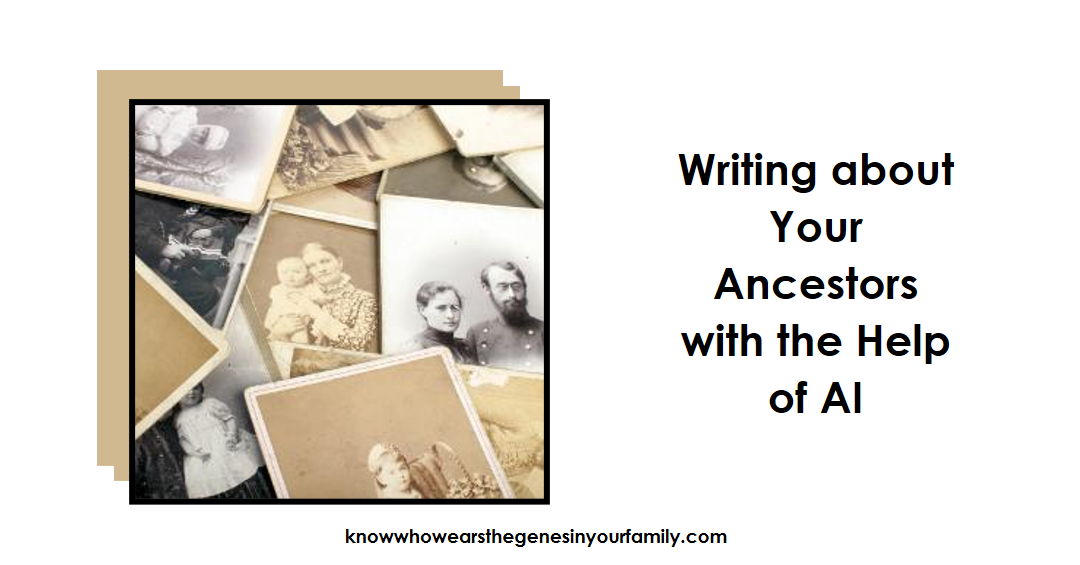
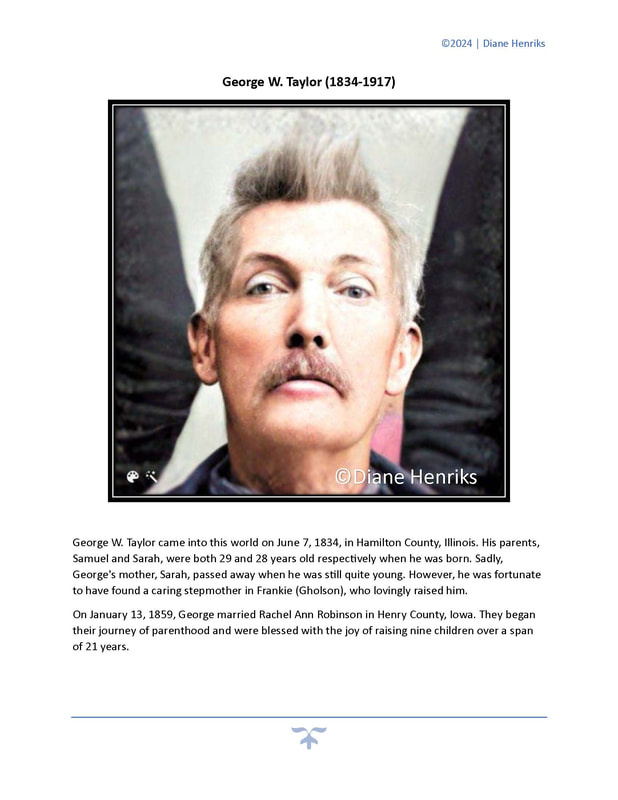
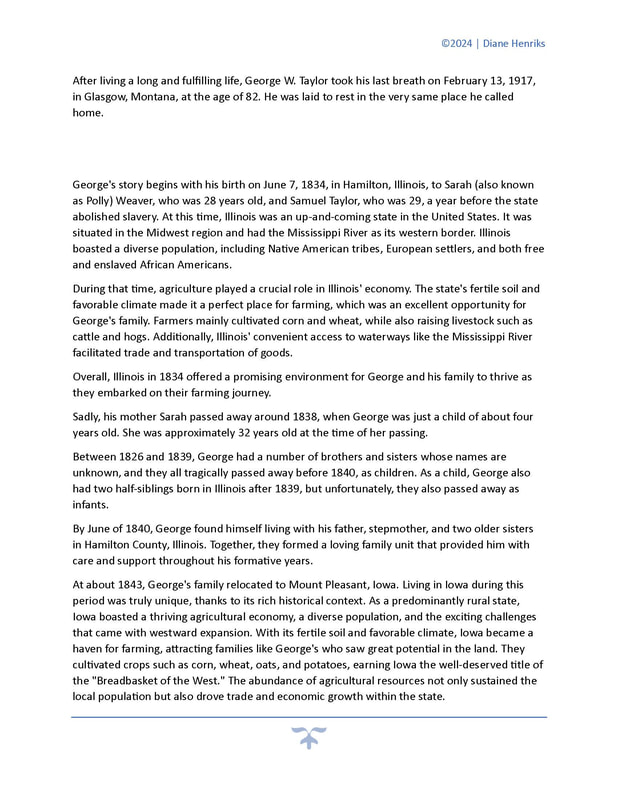
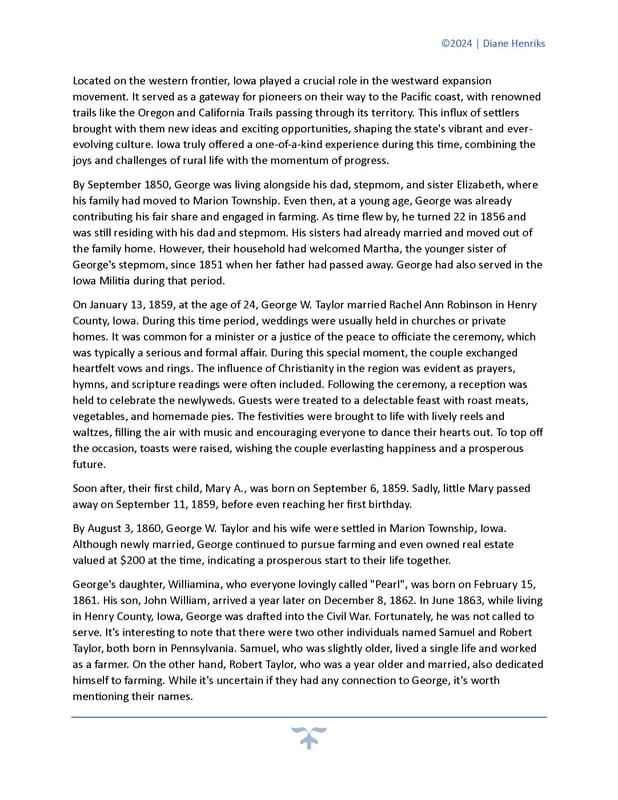
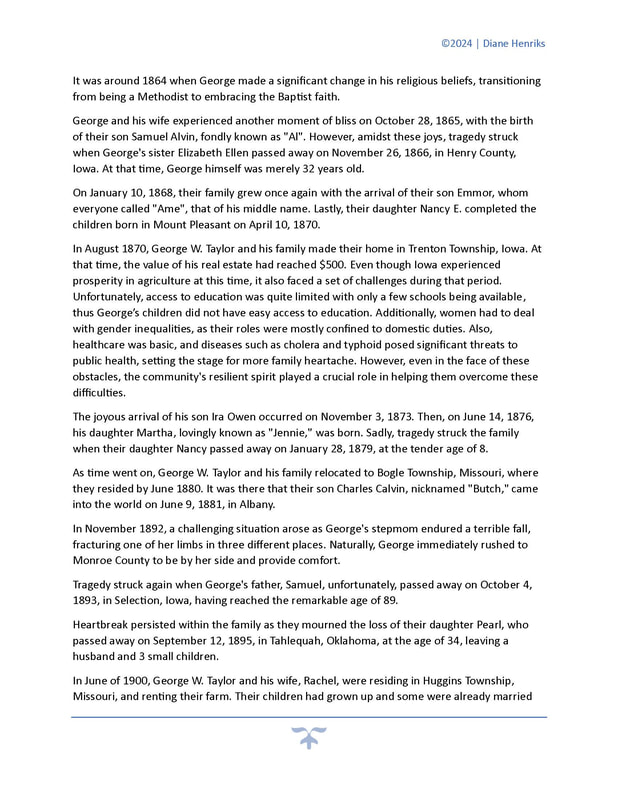
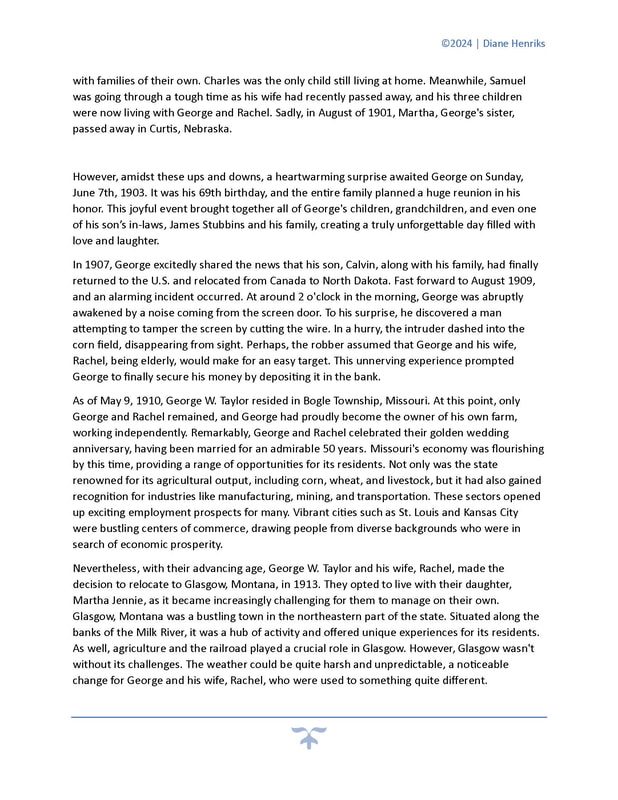
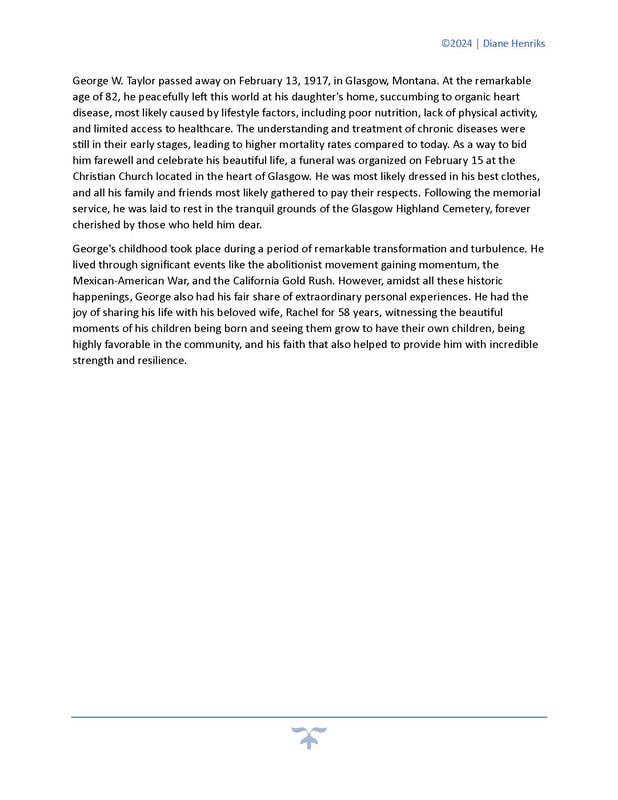

 RSS Feed
RSS Feed
